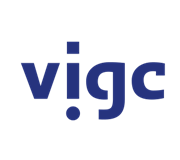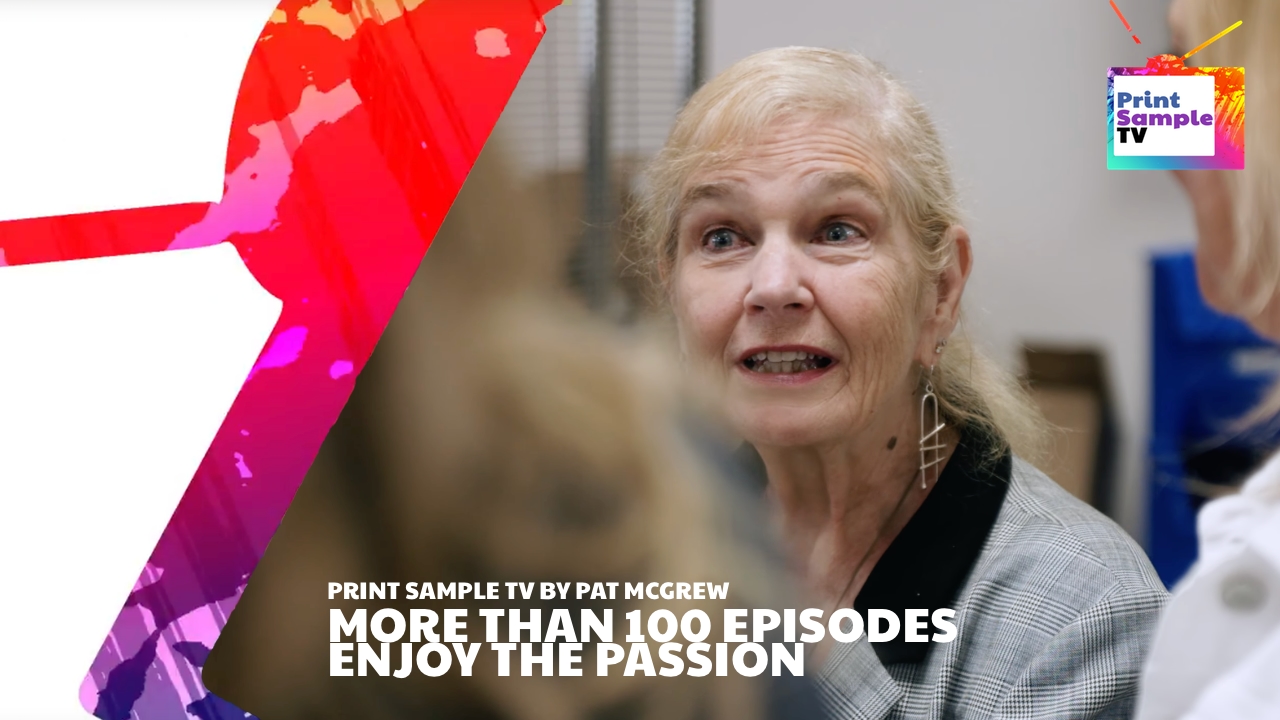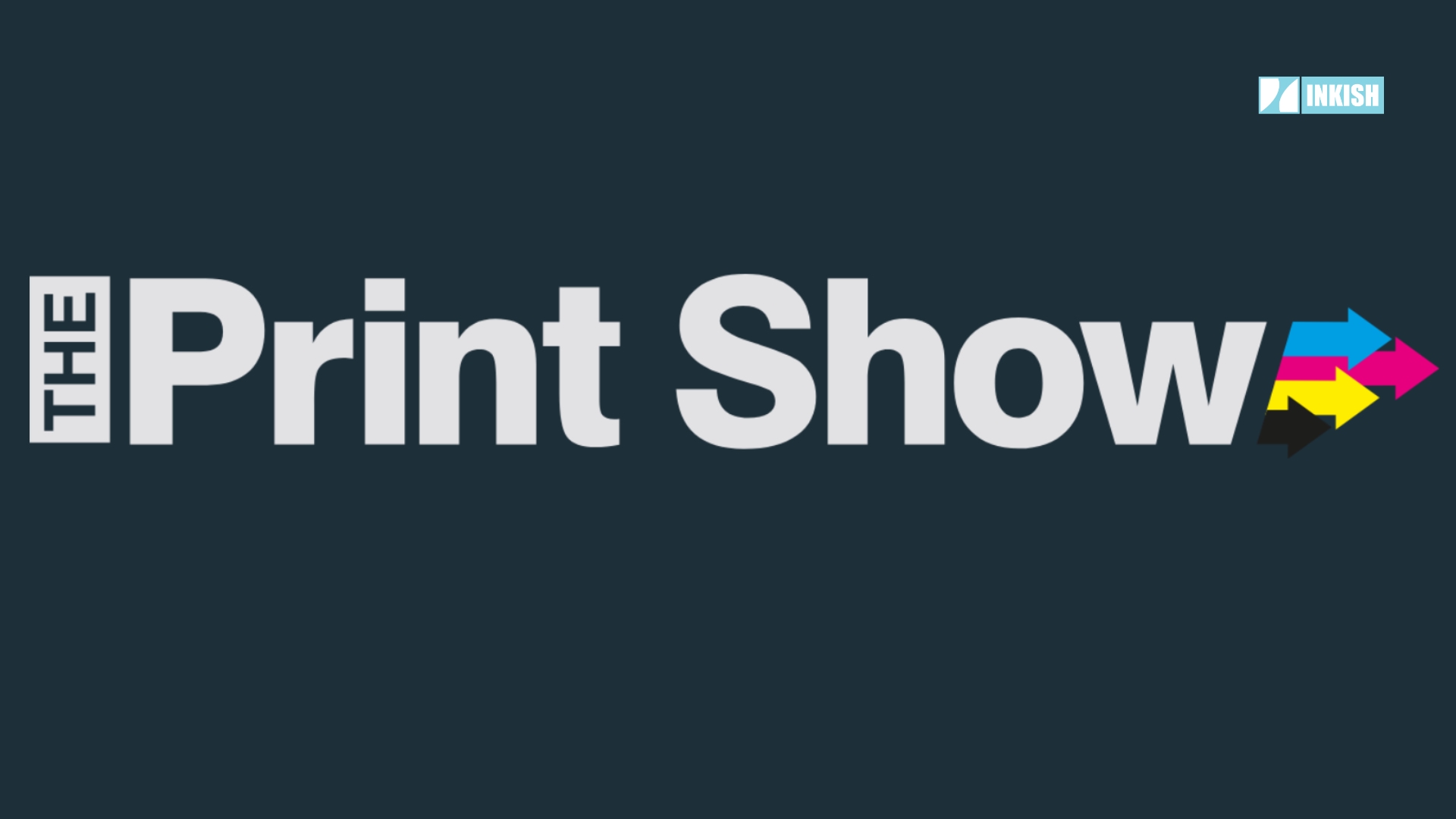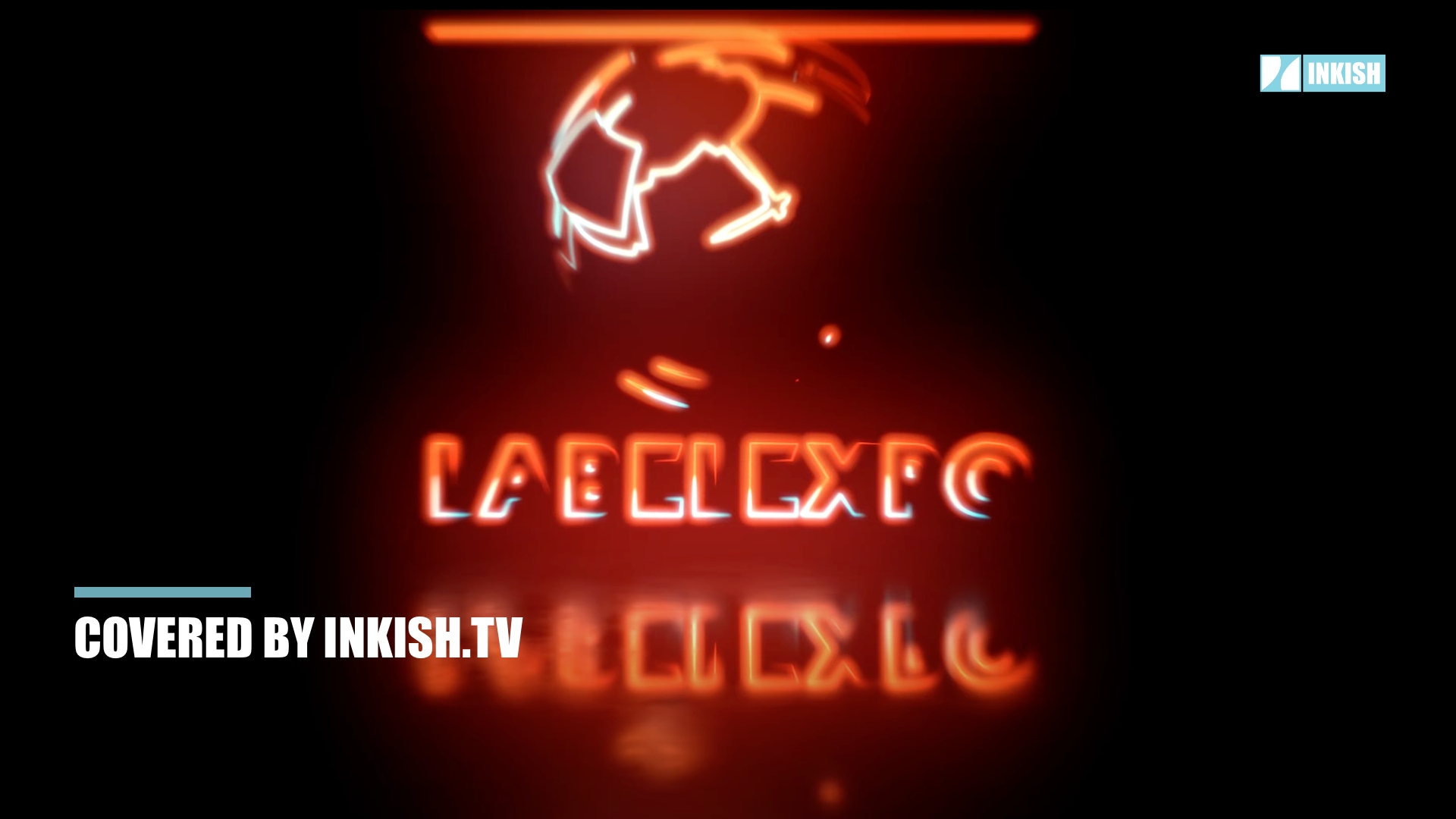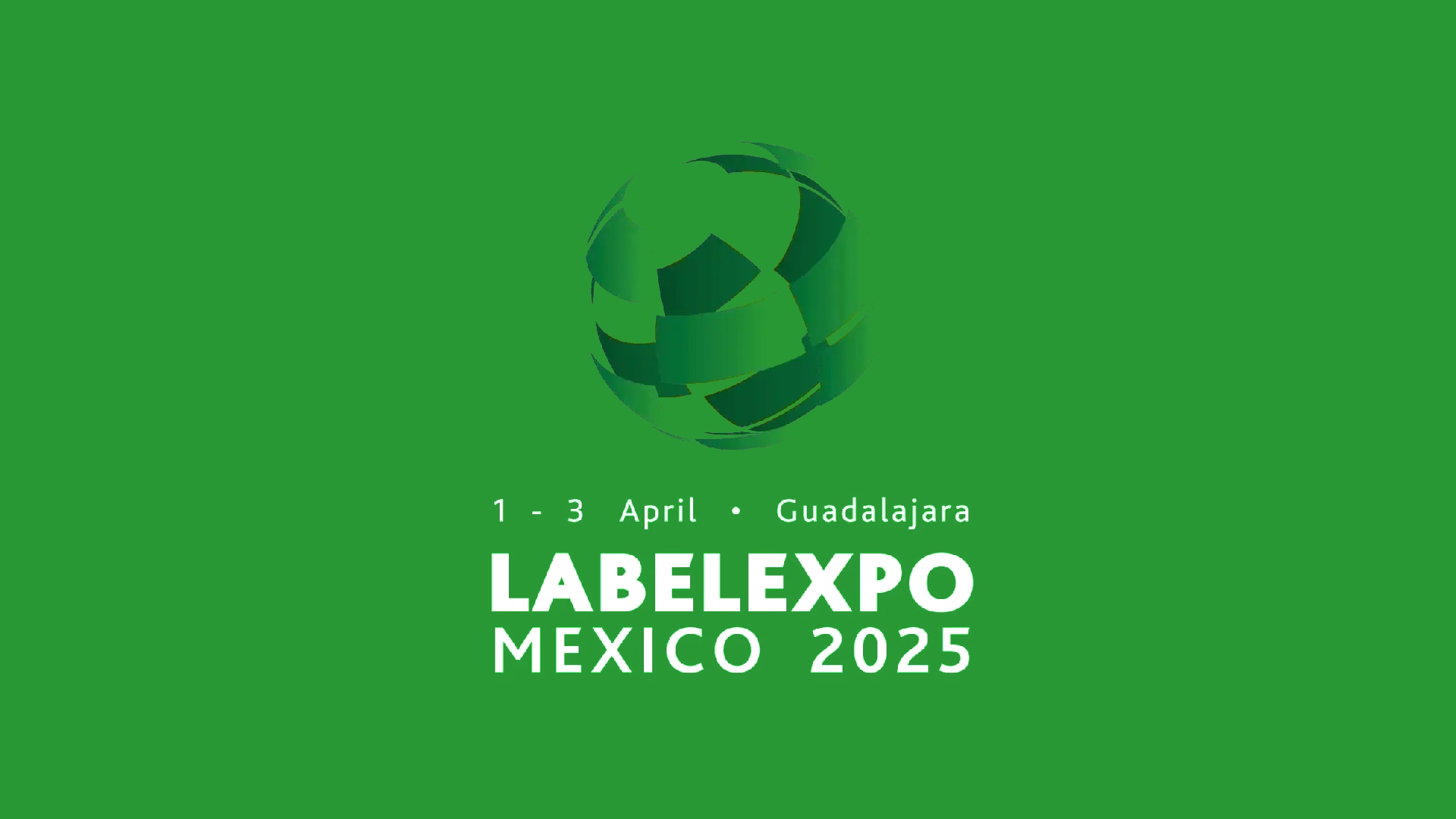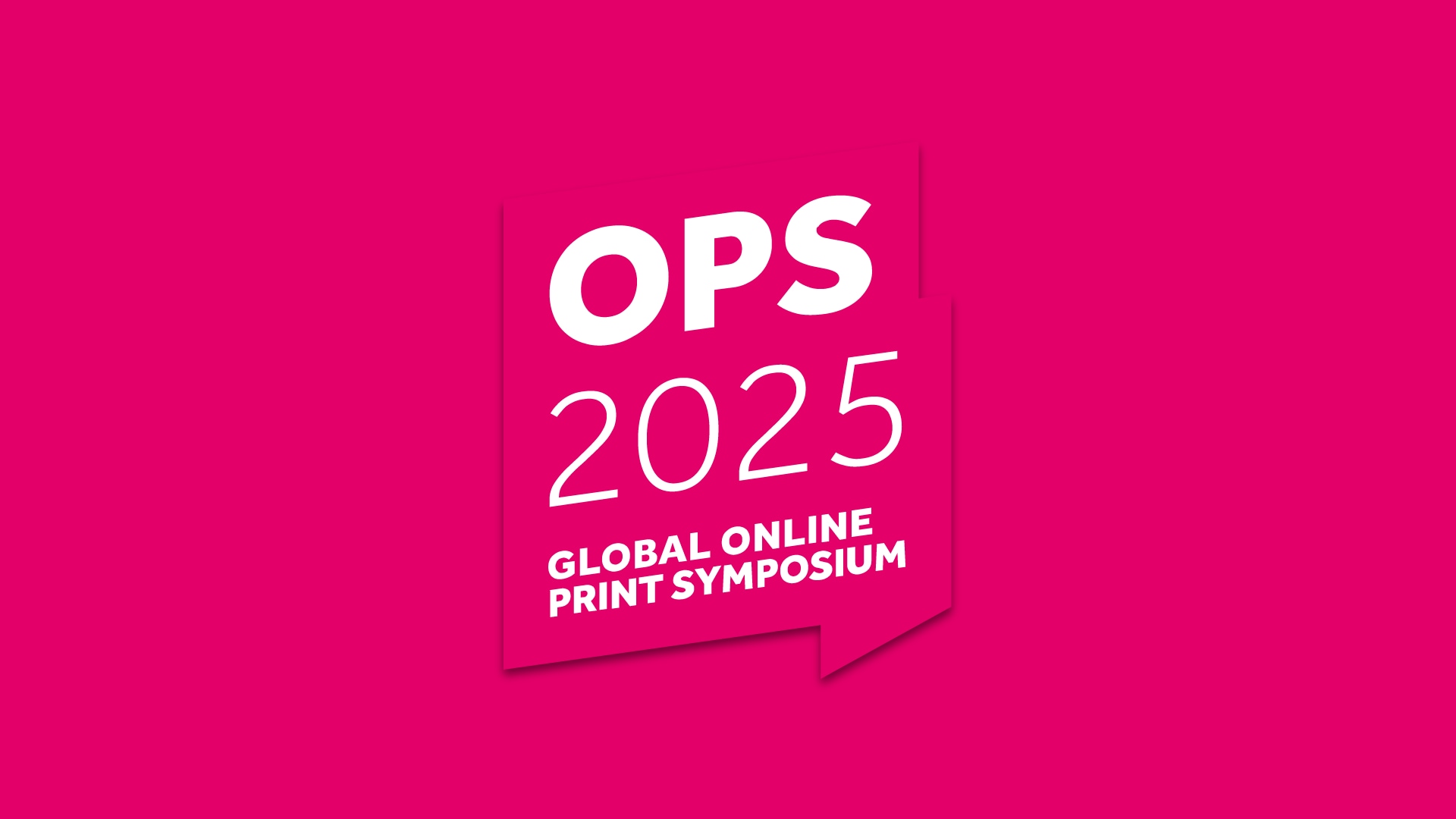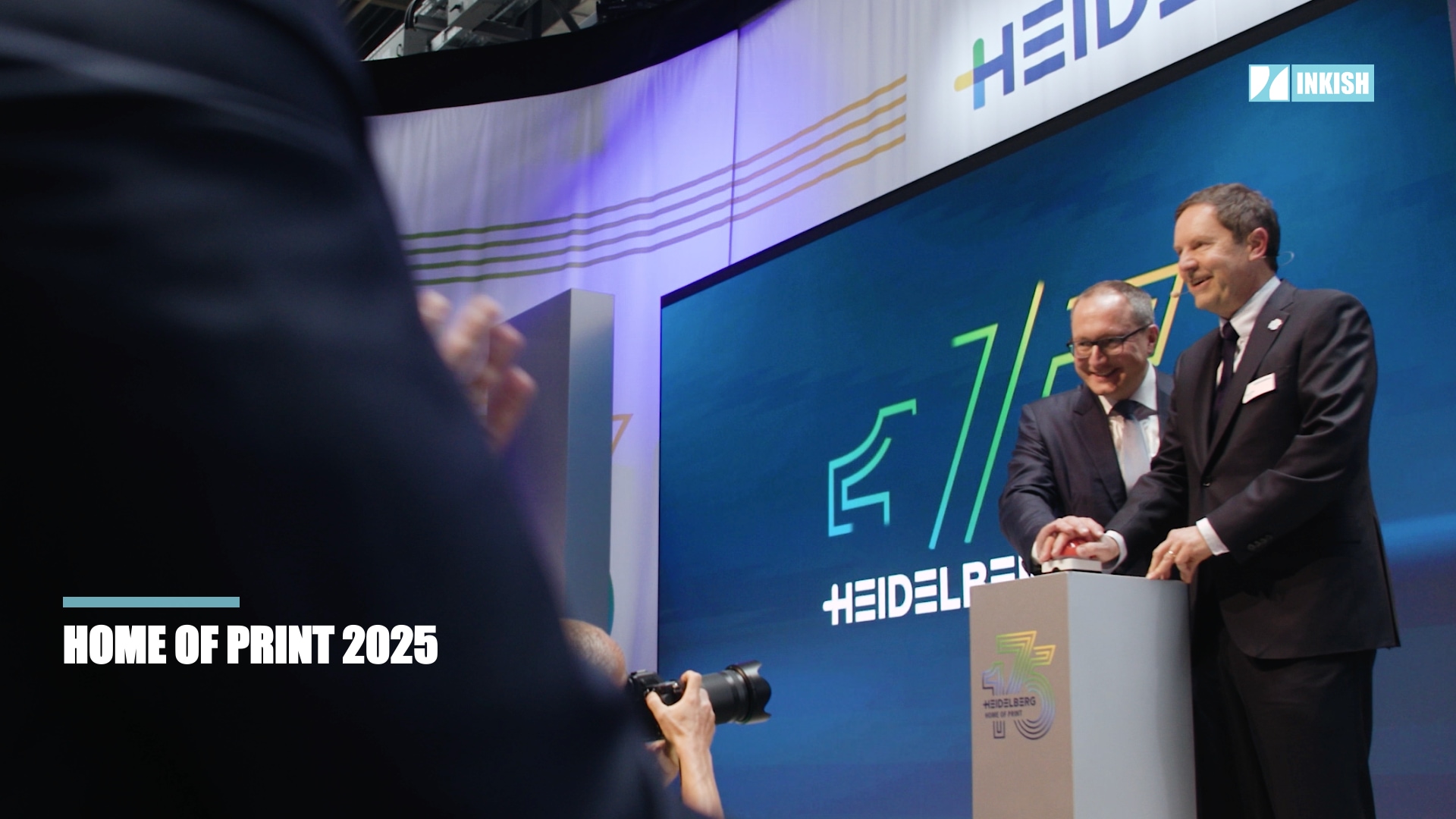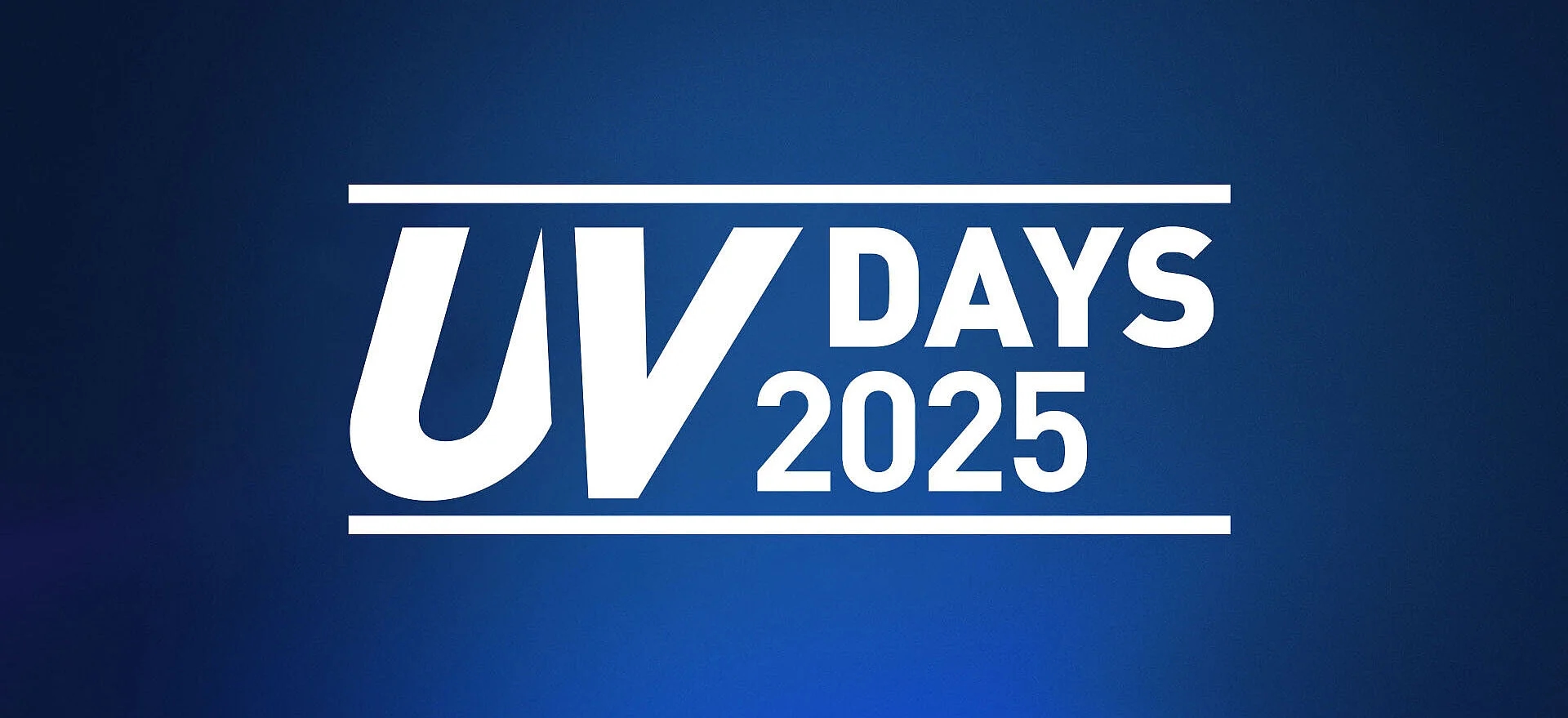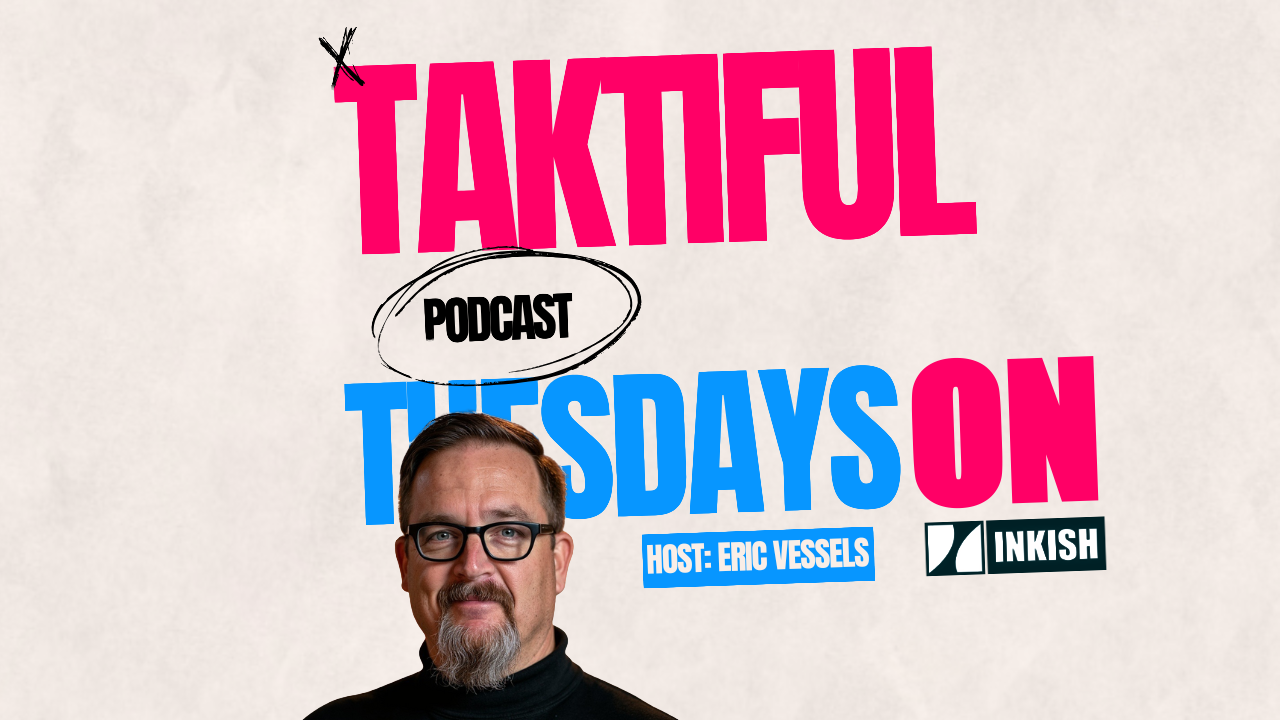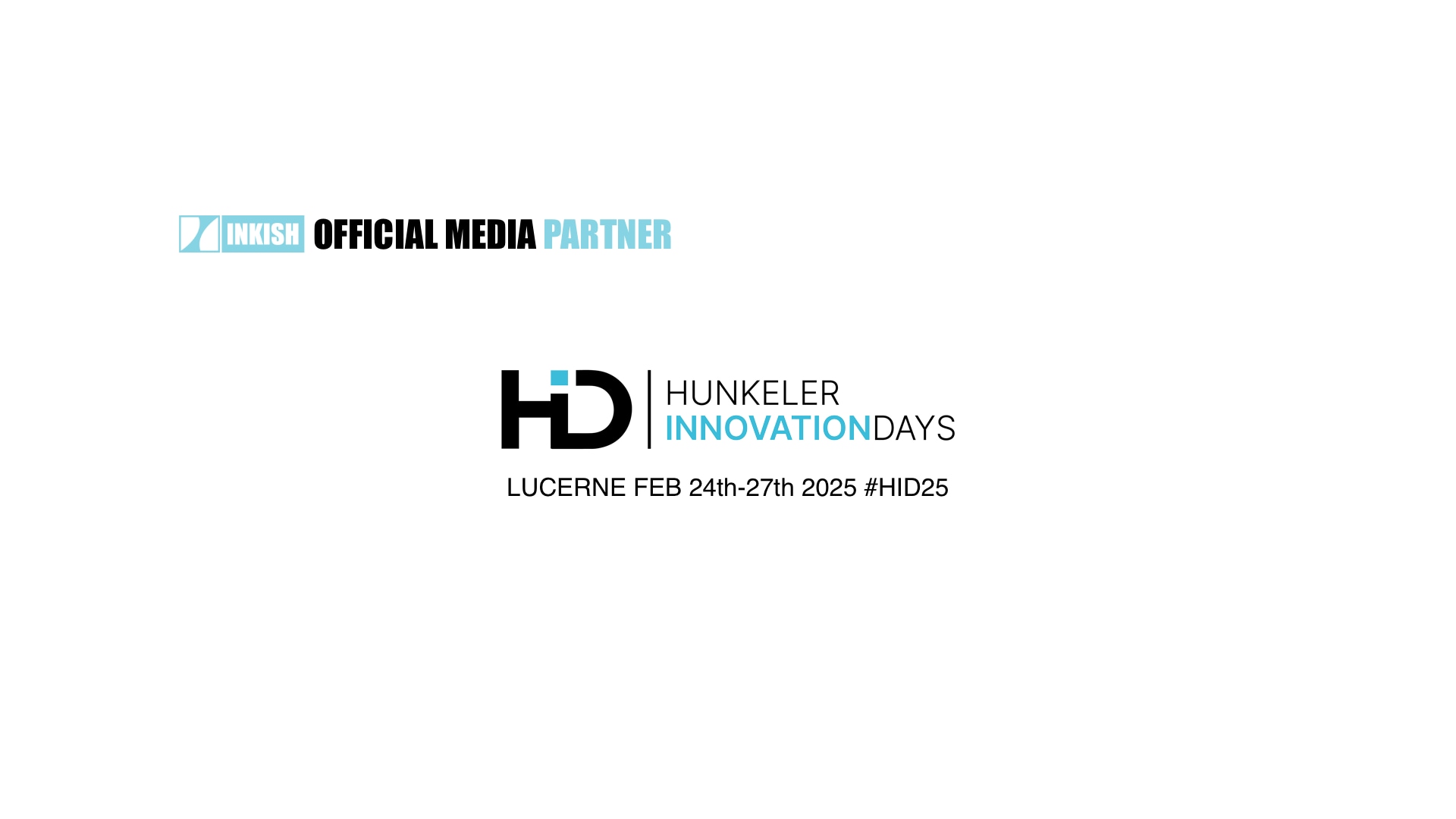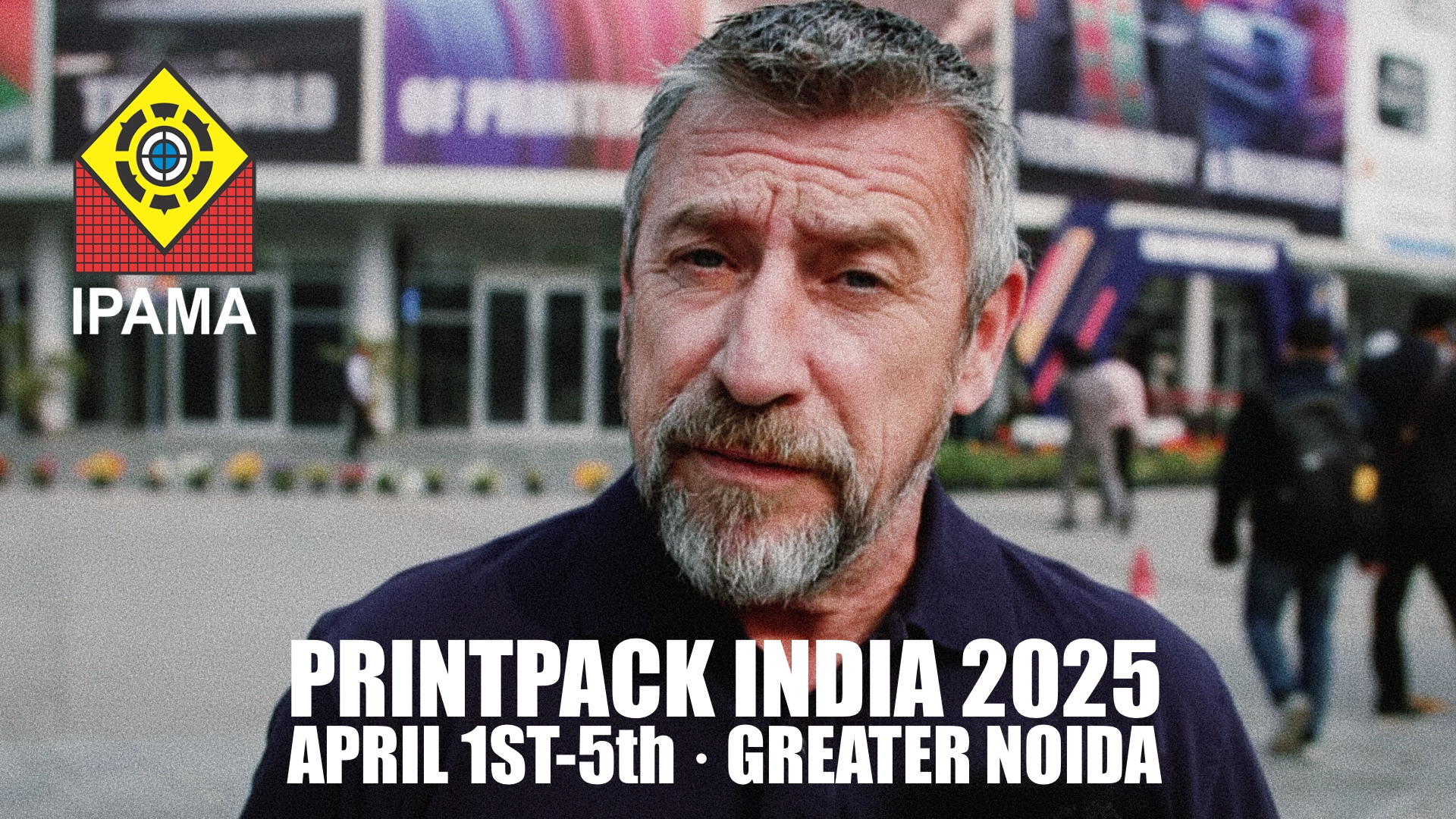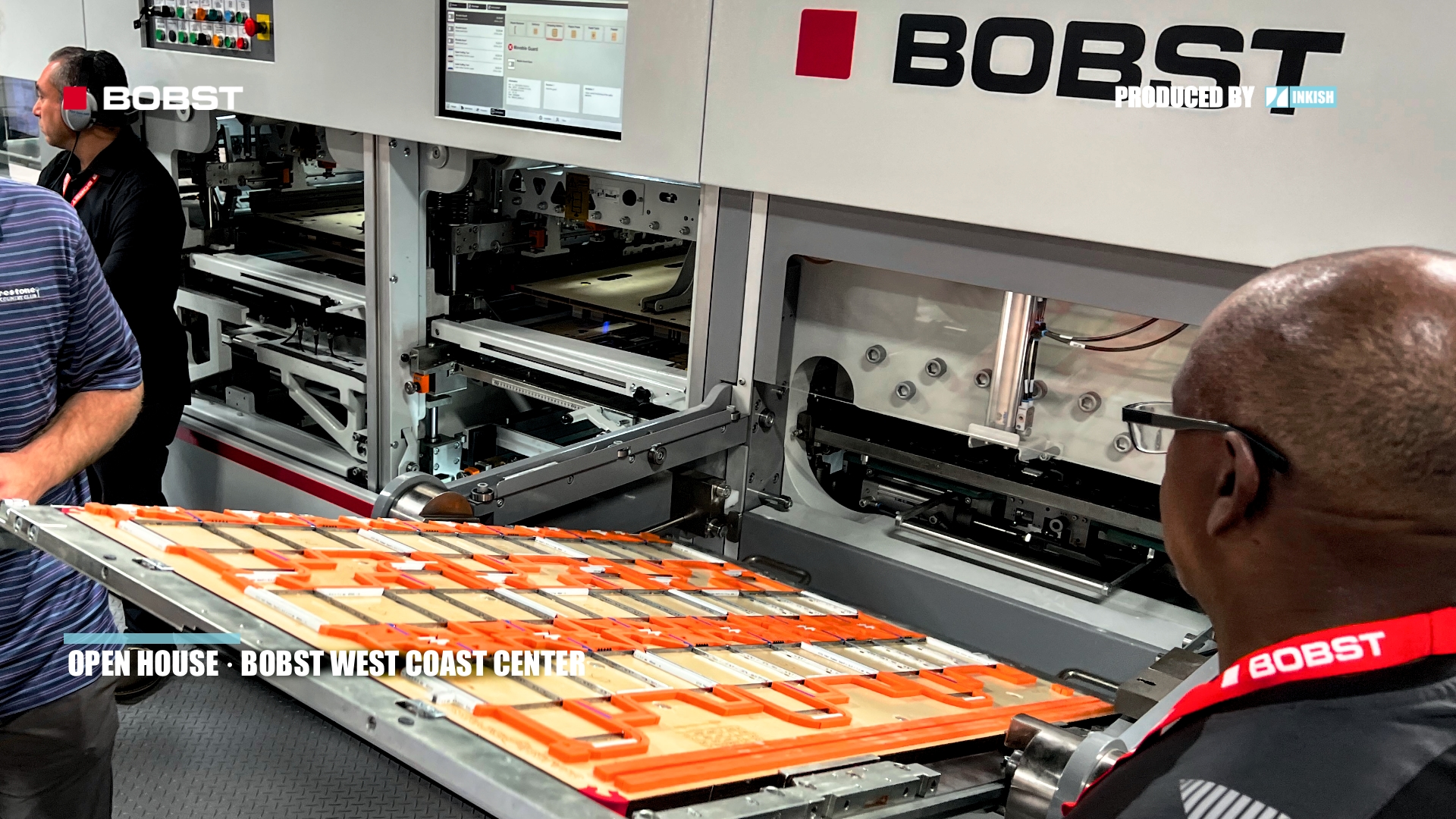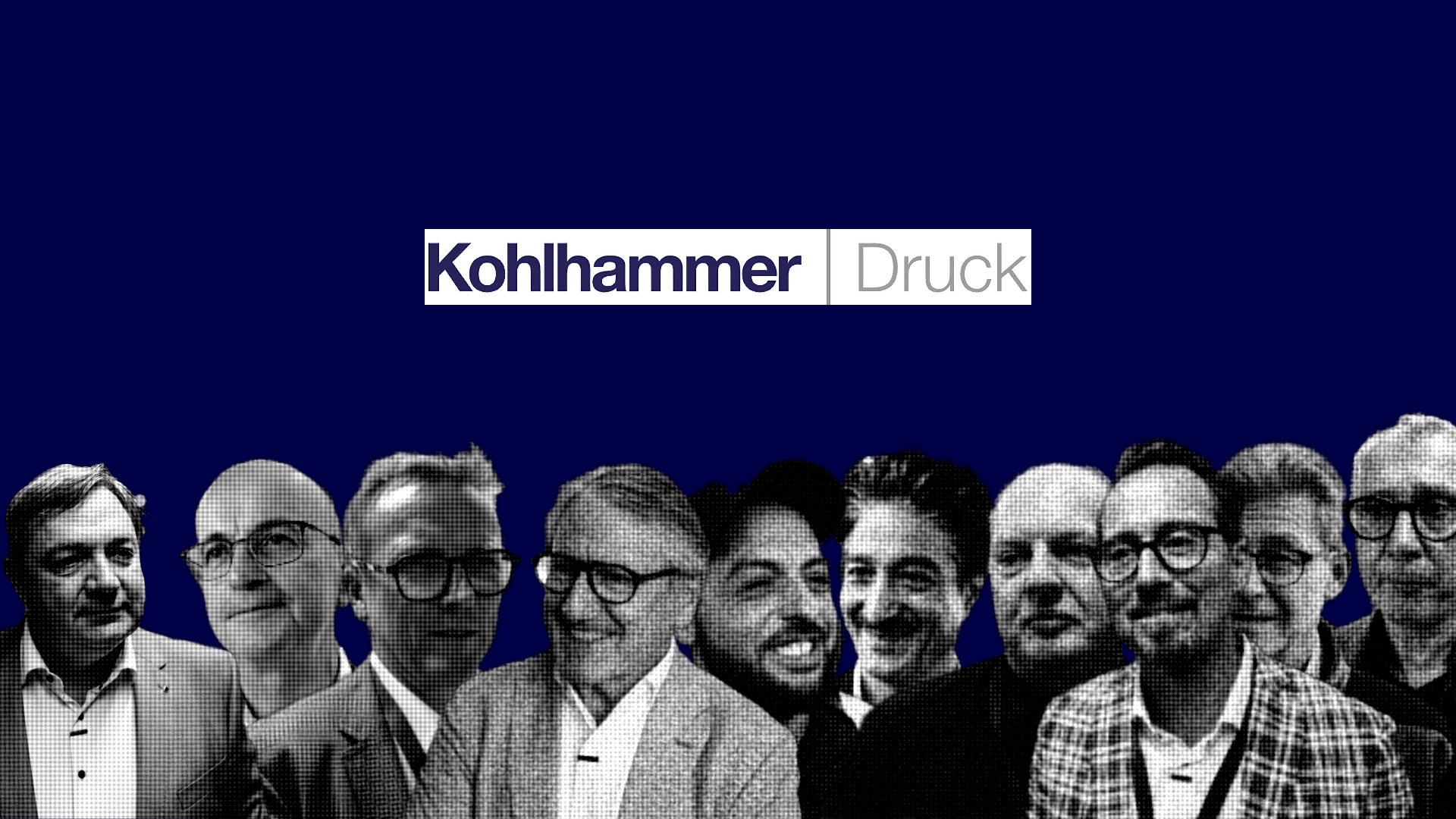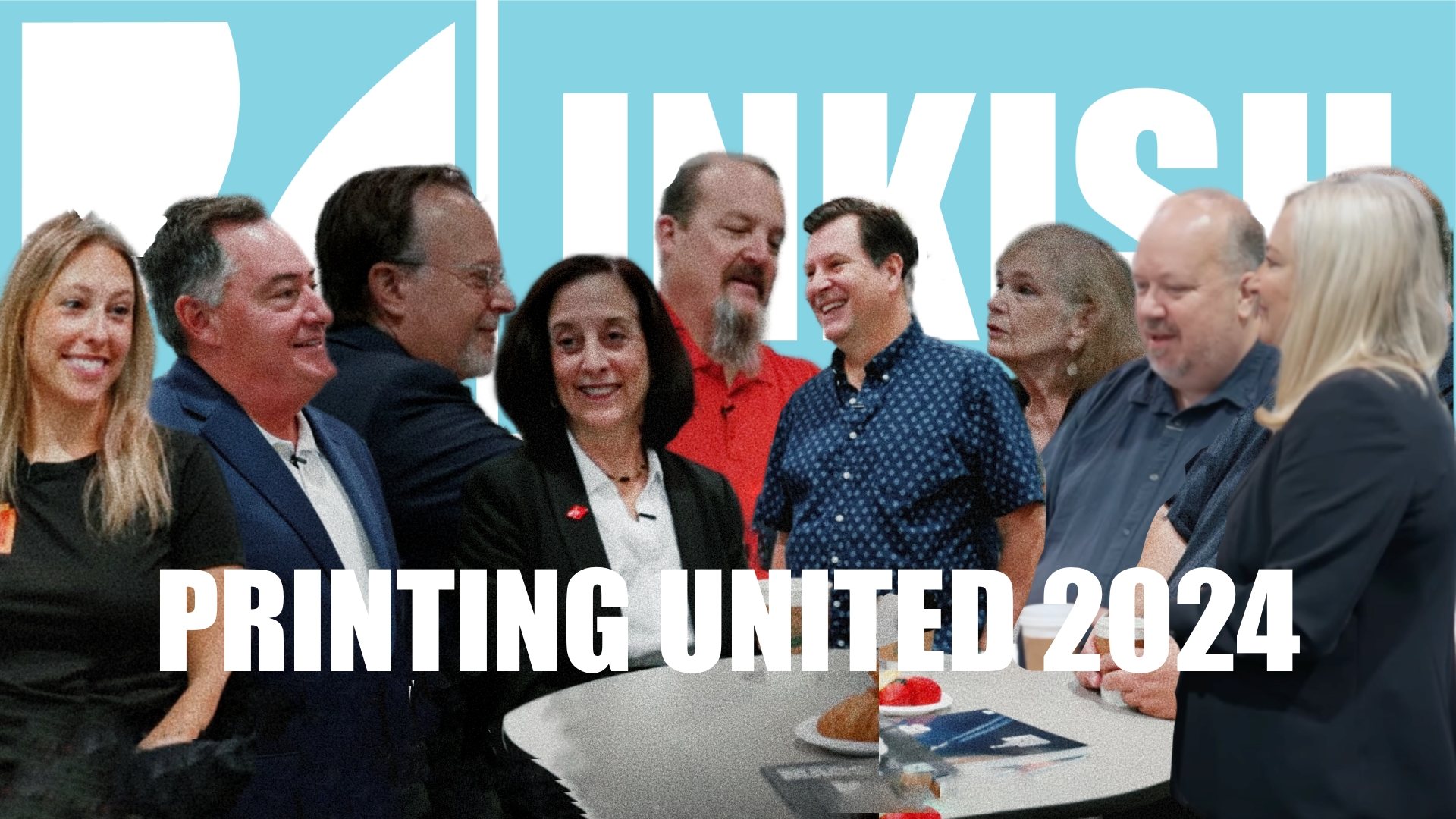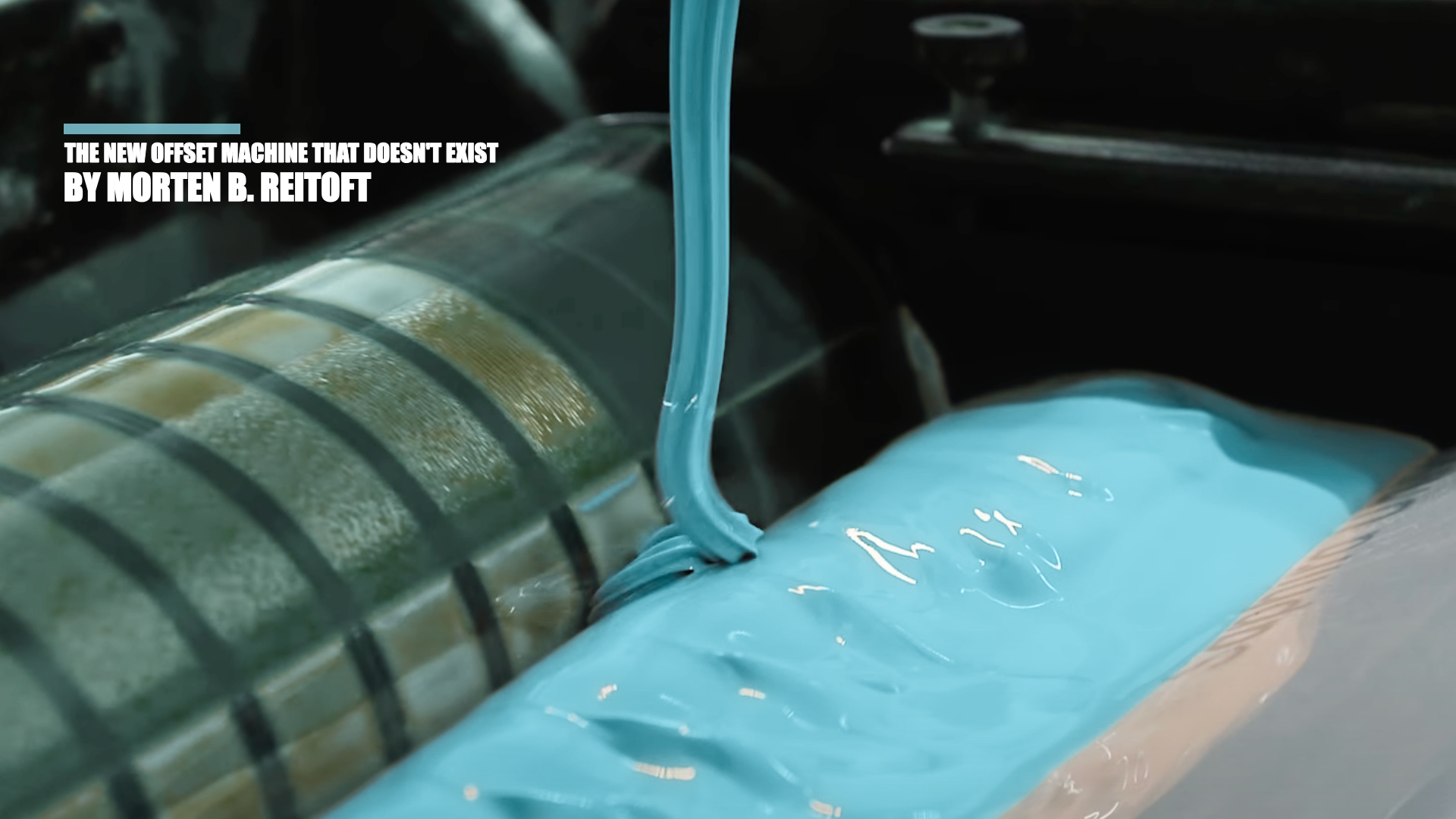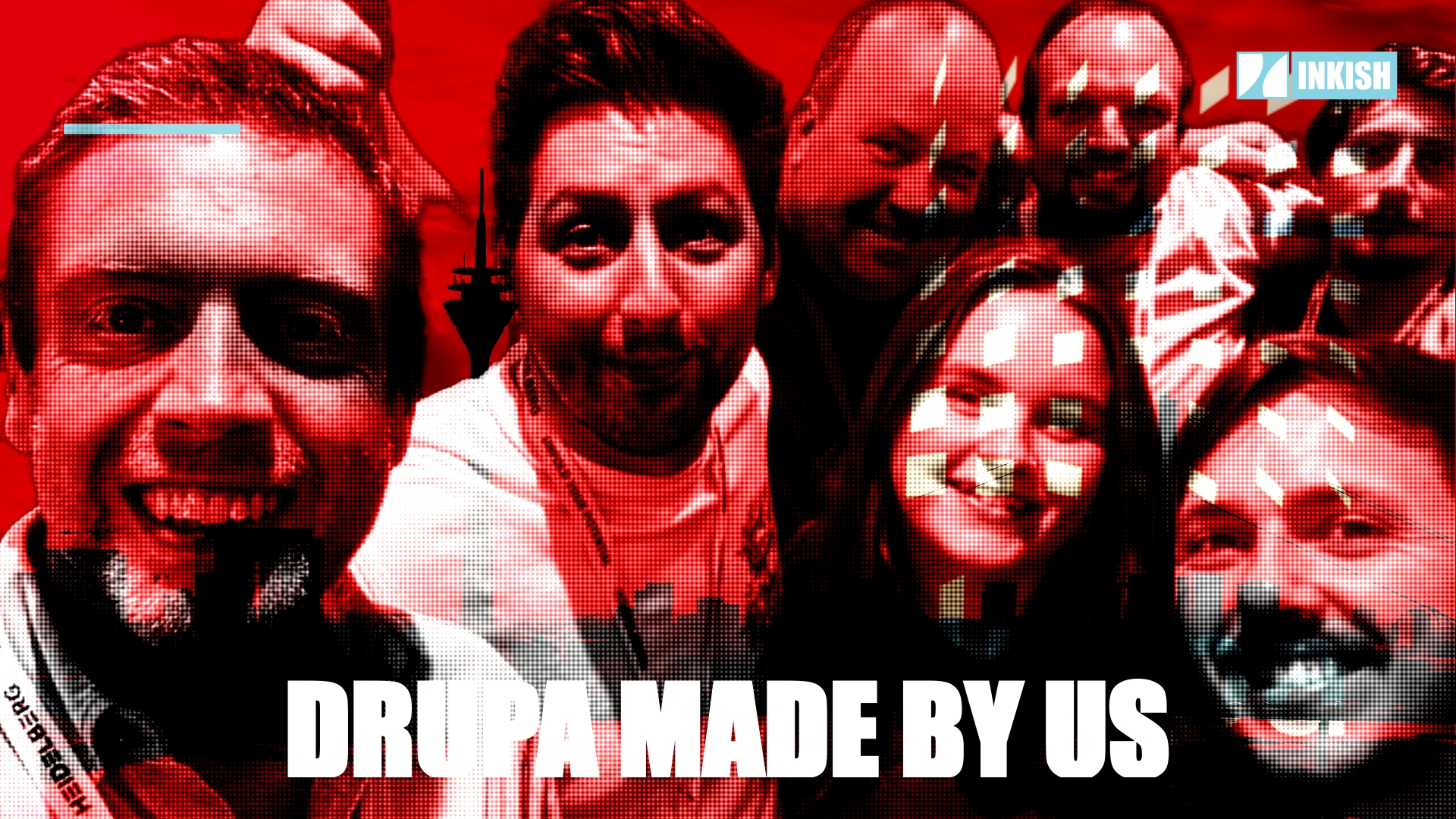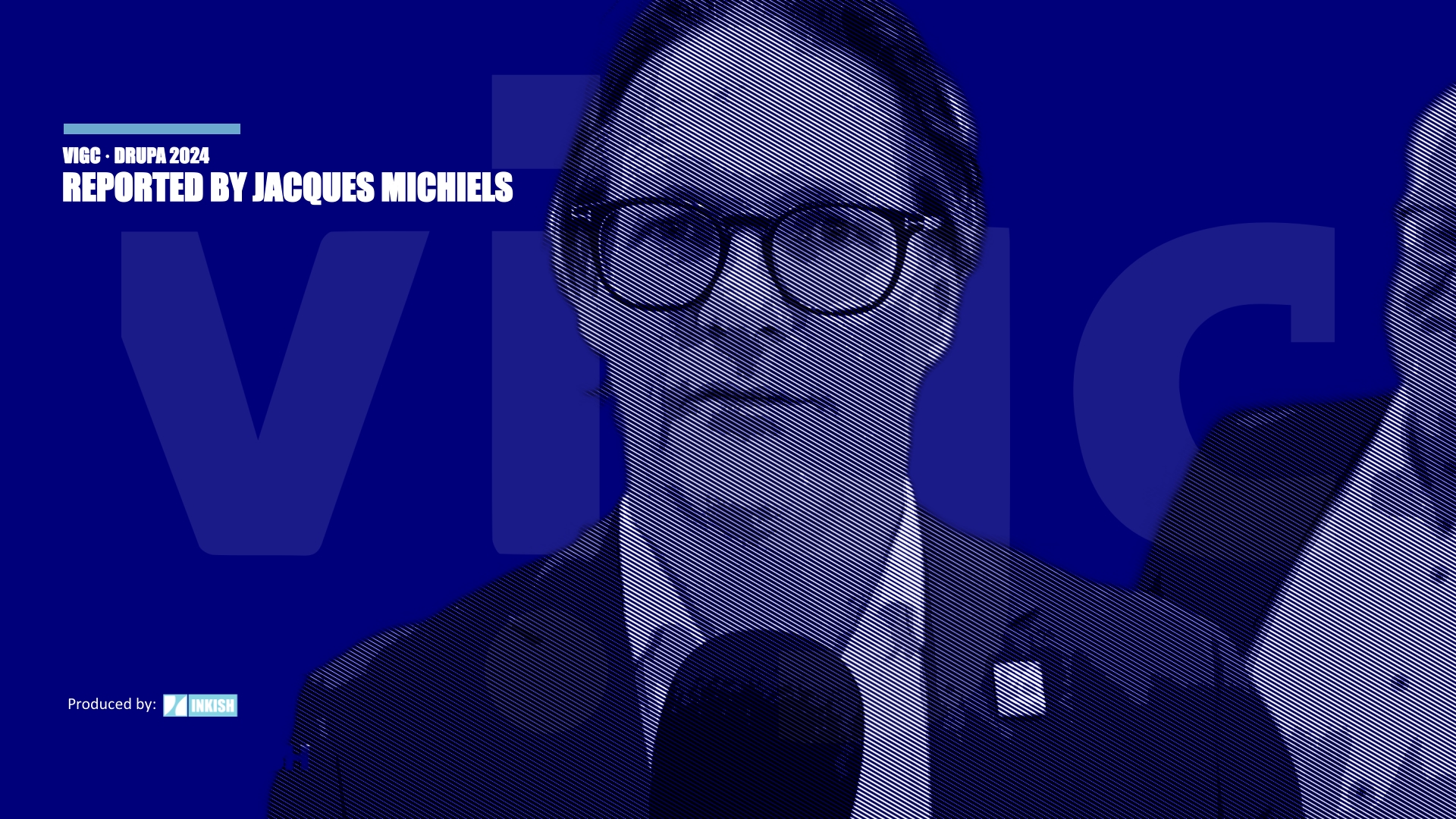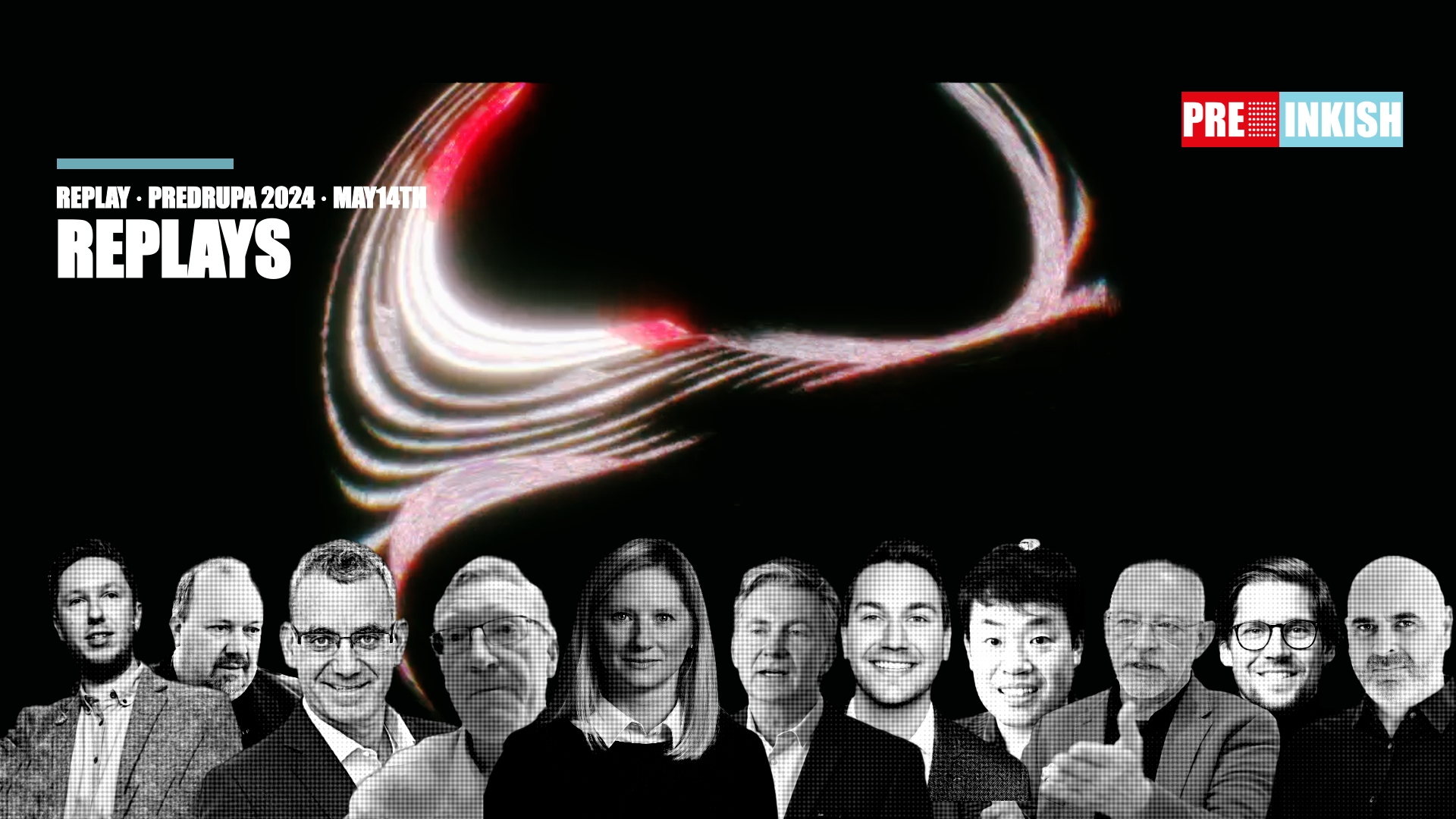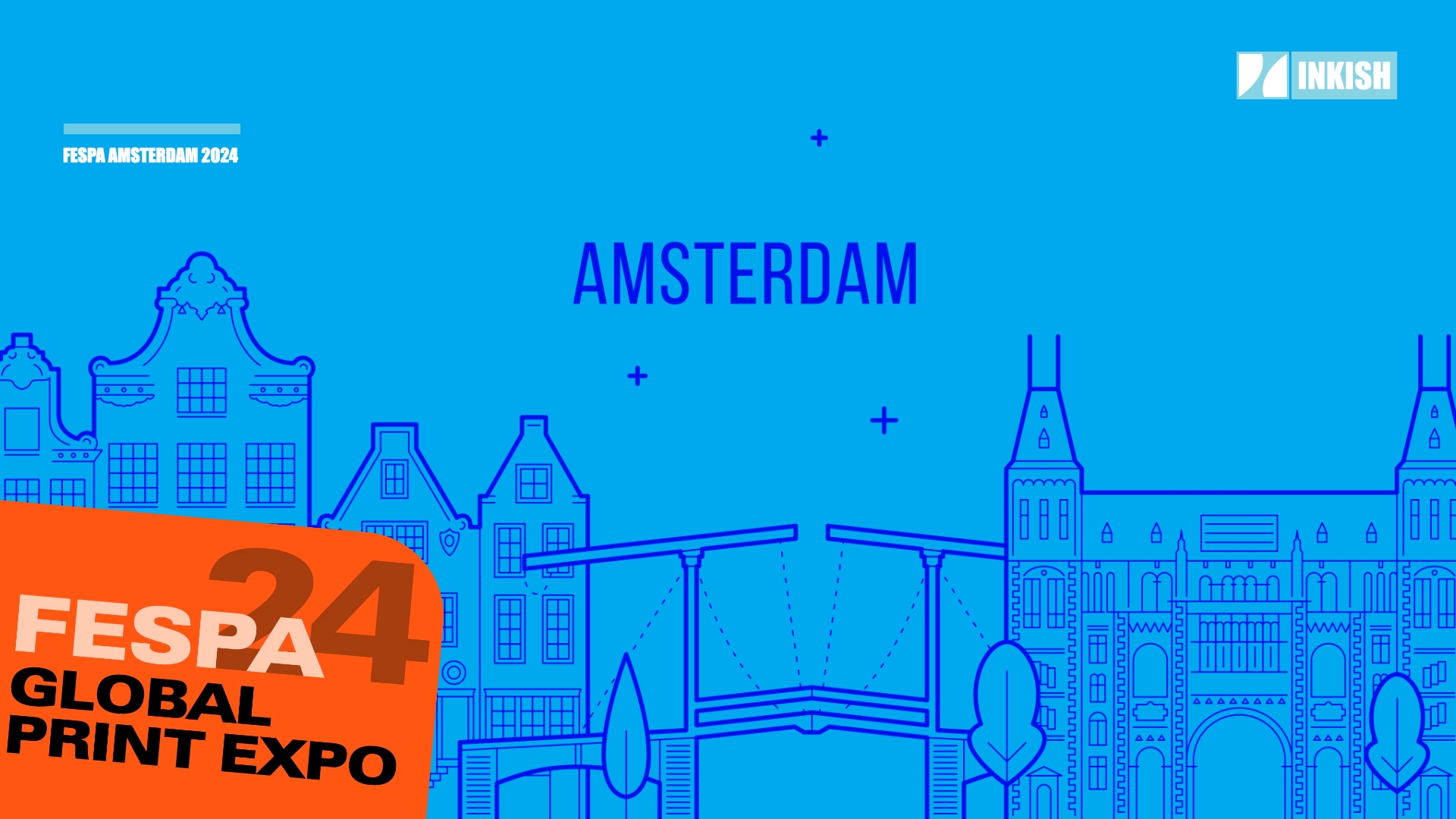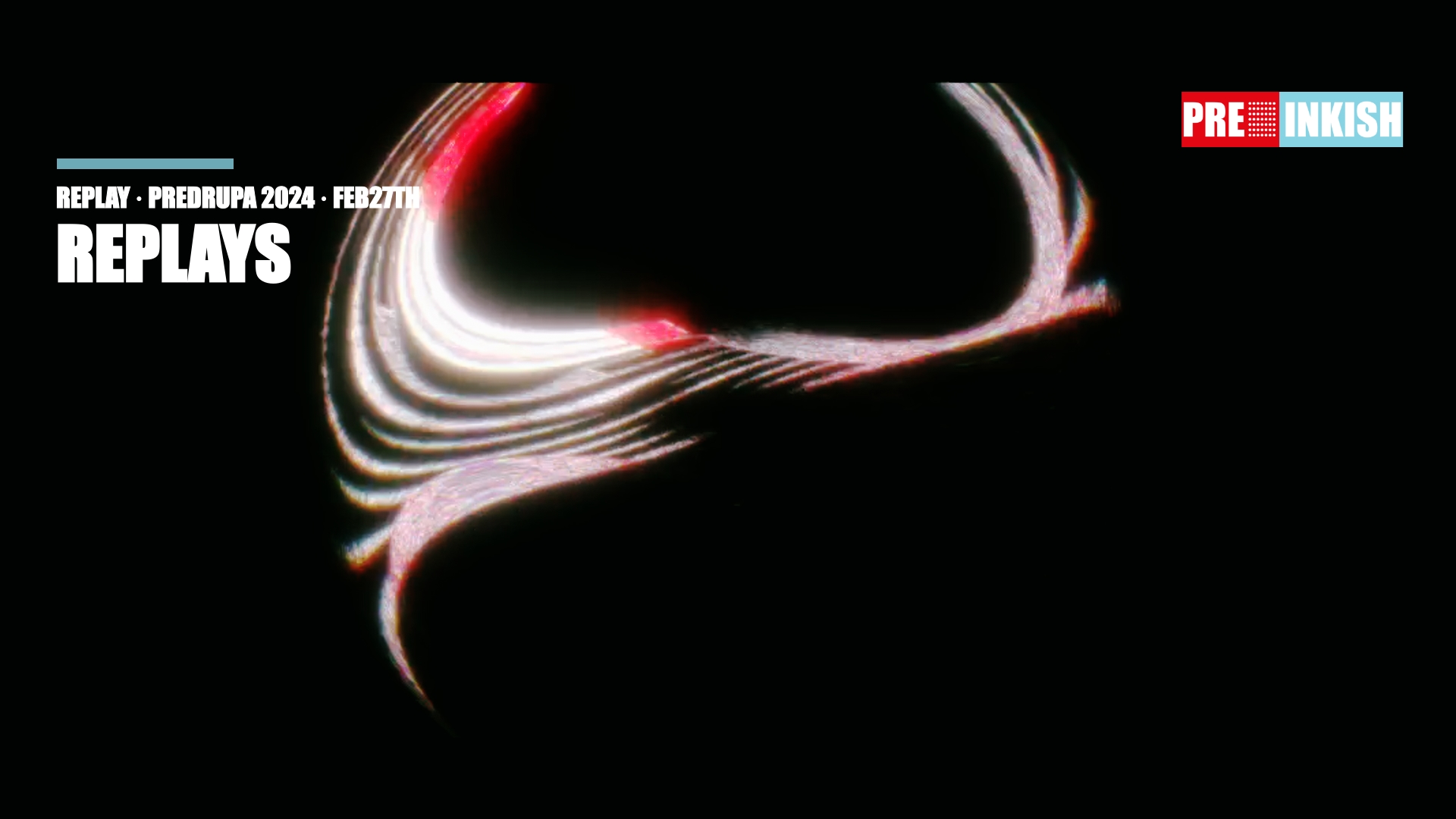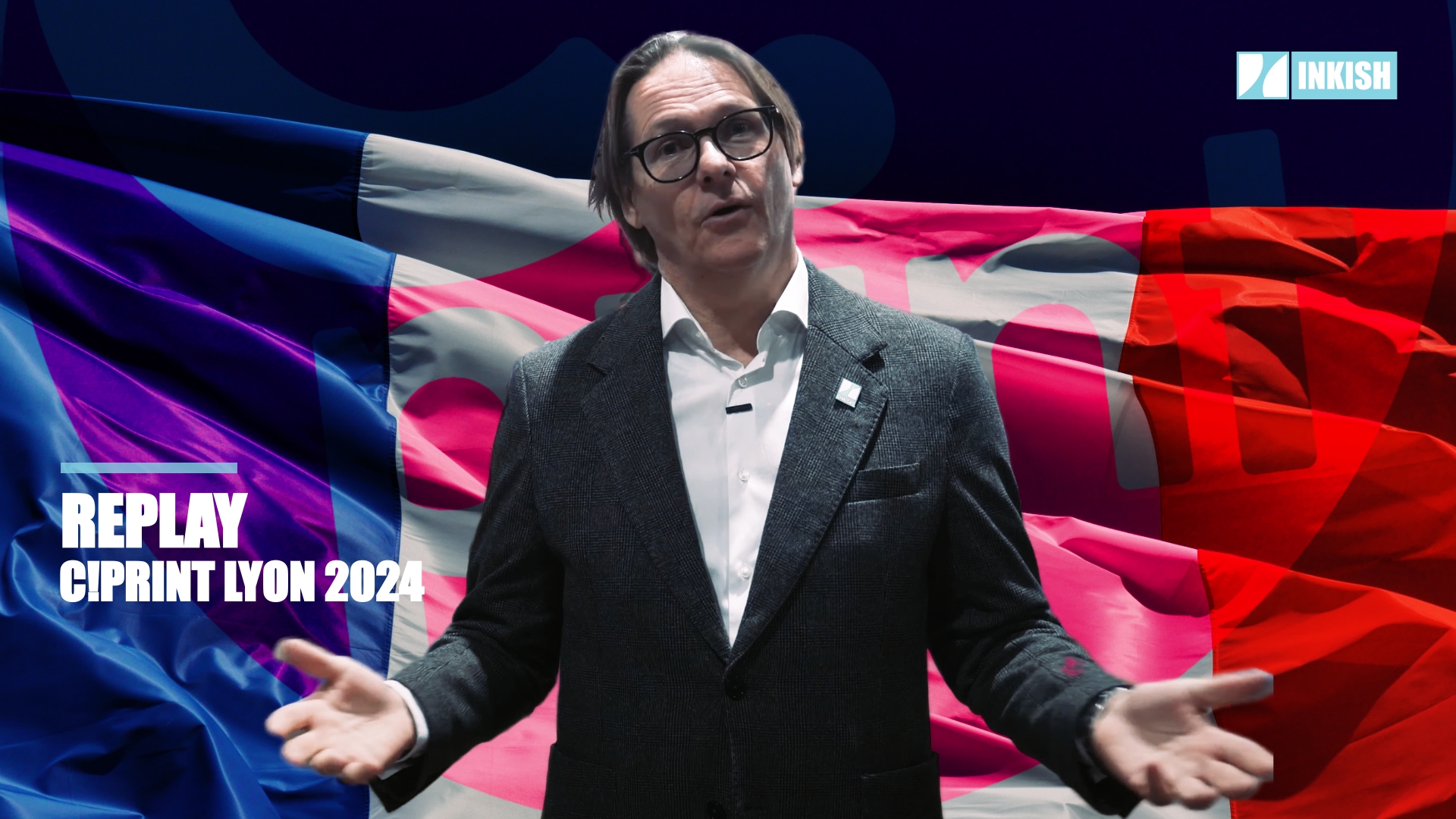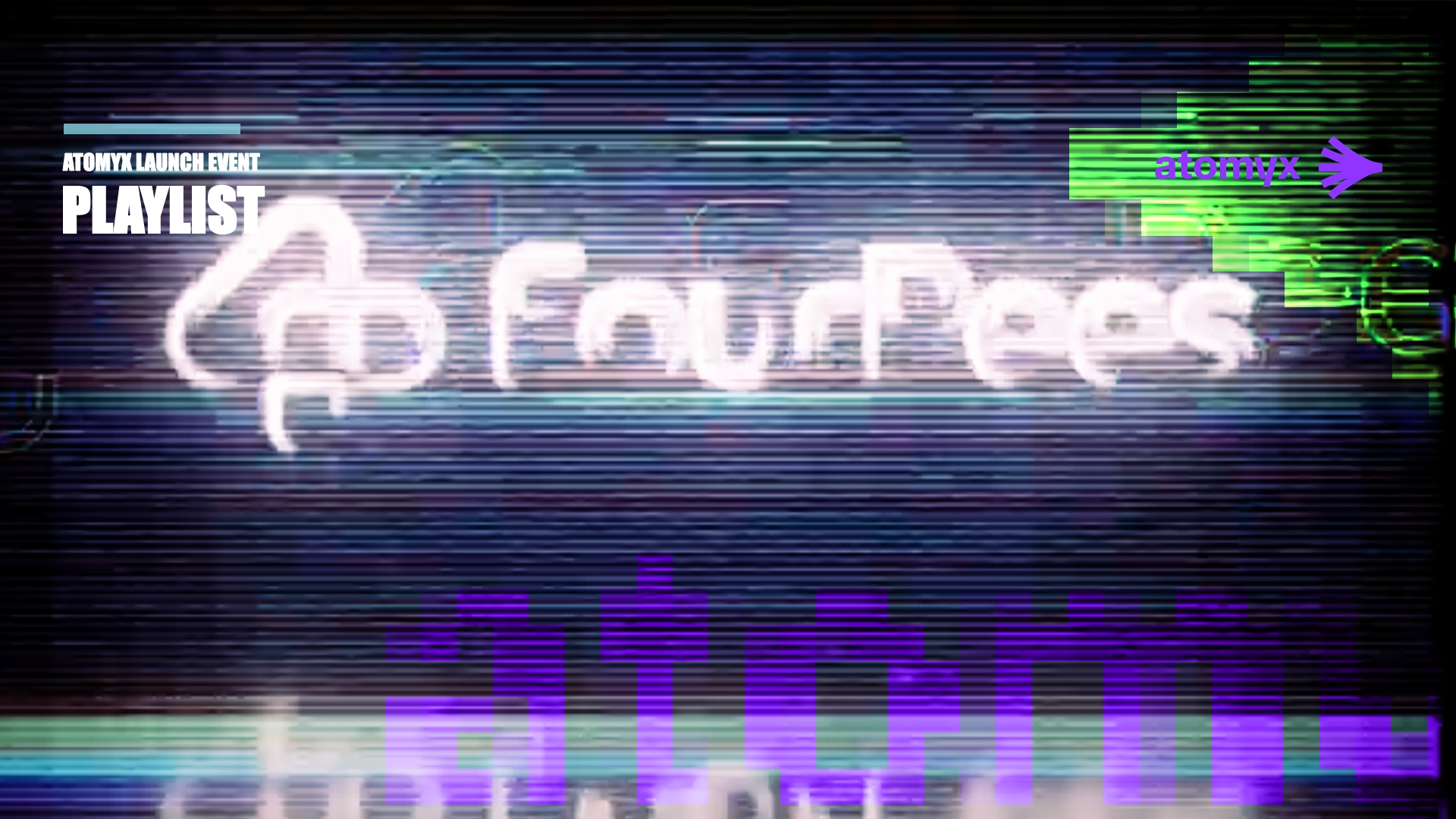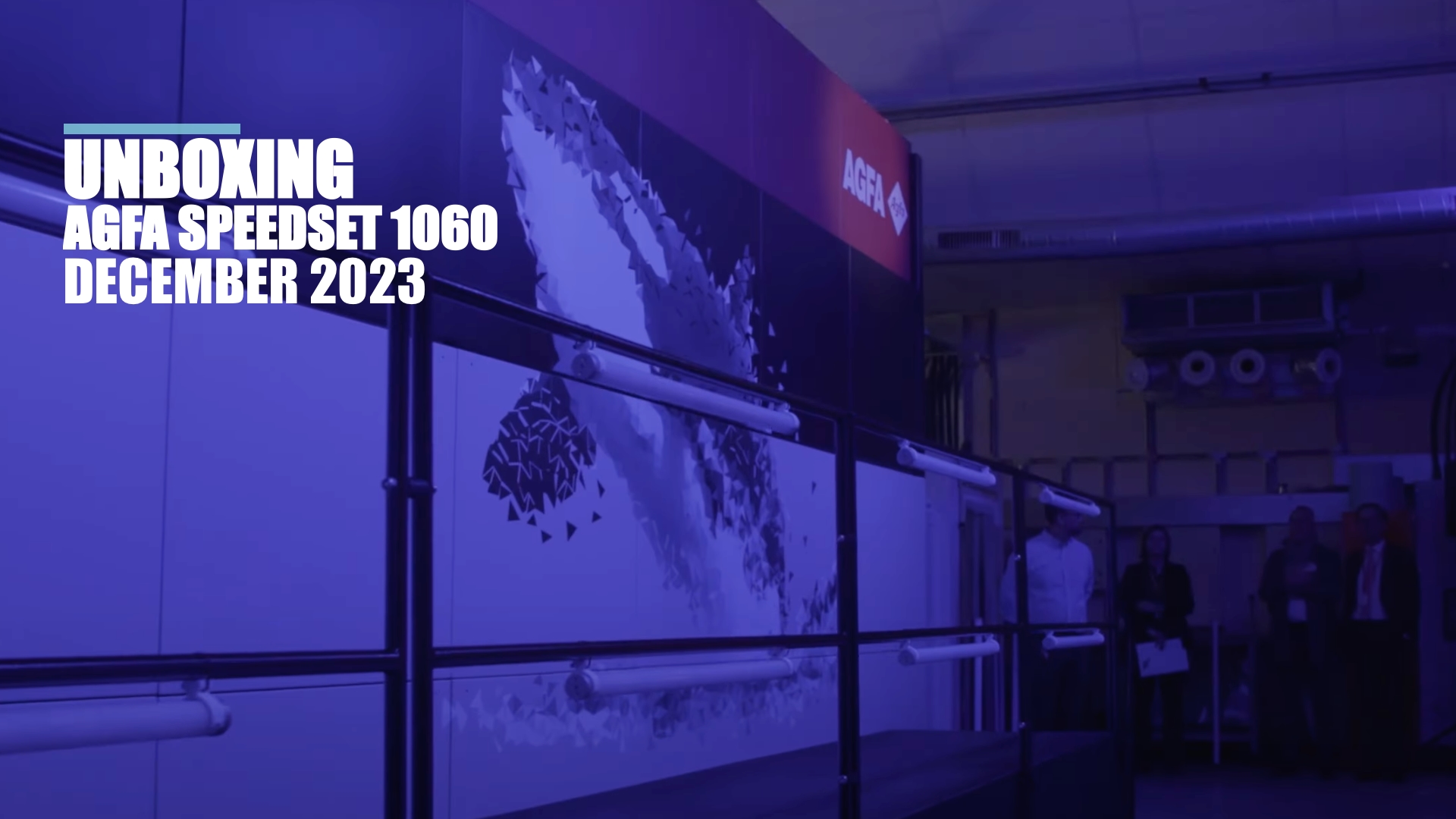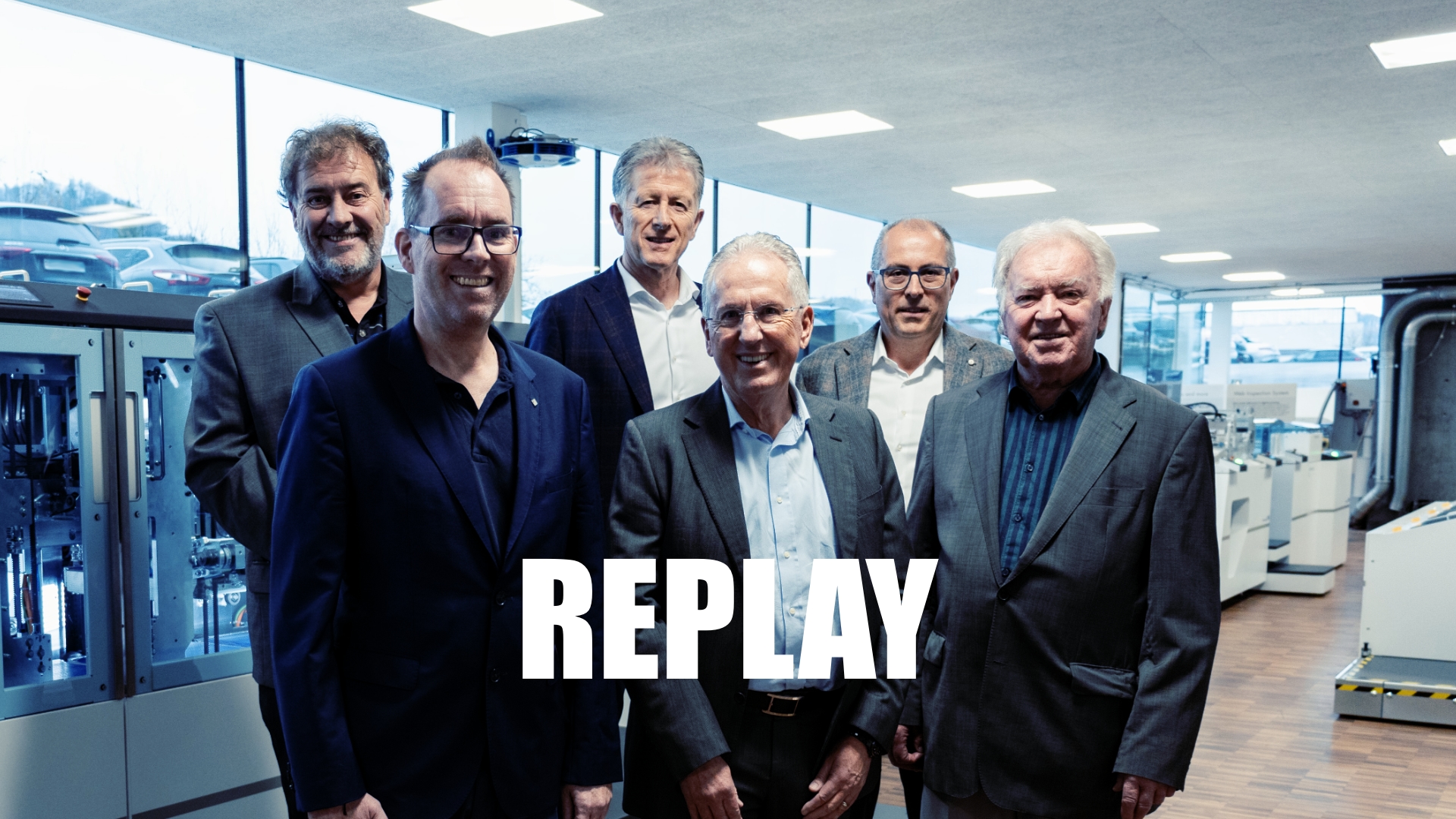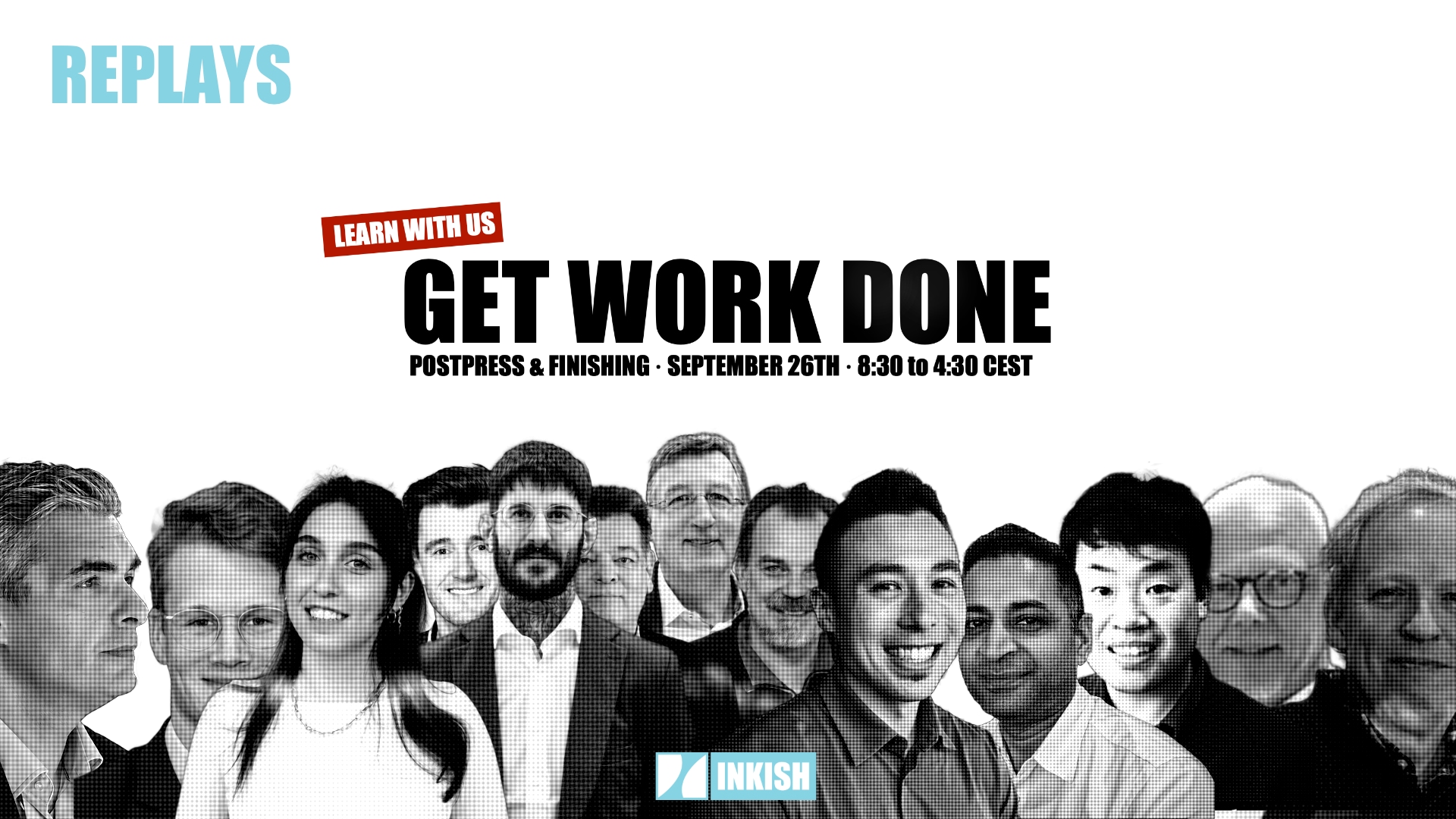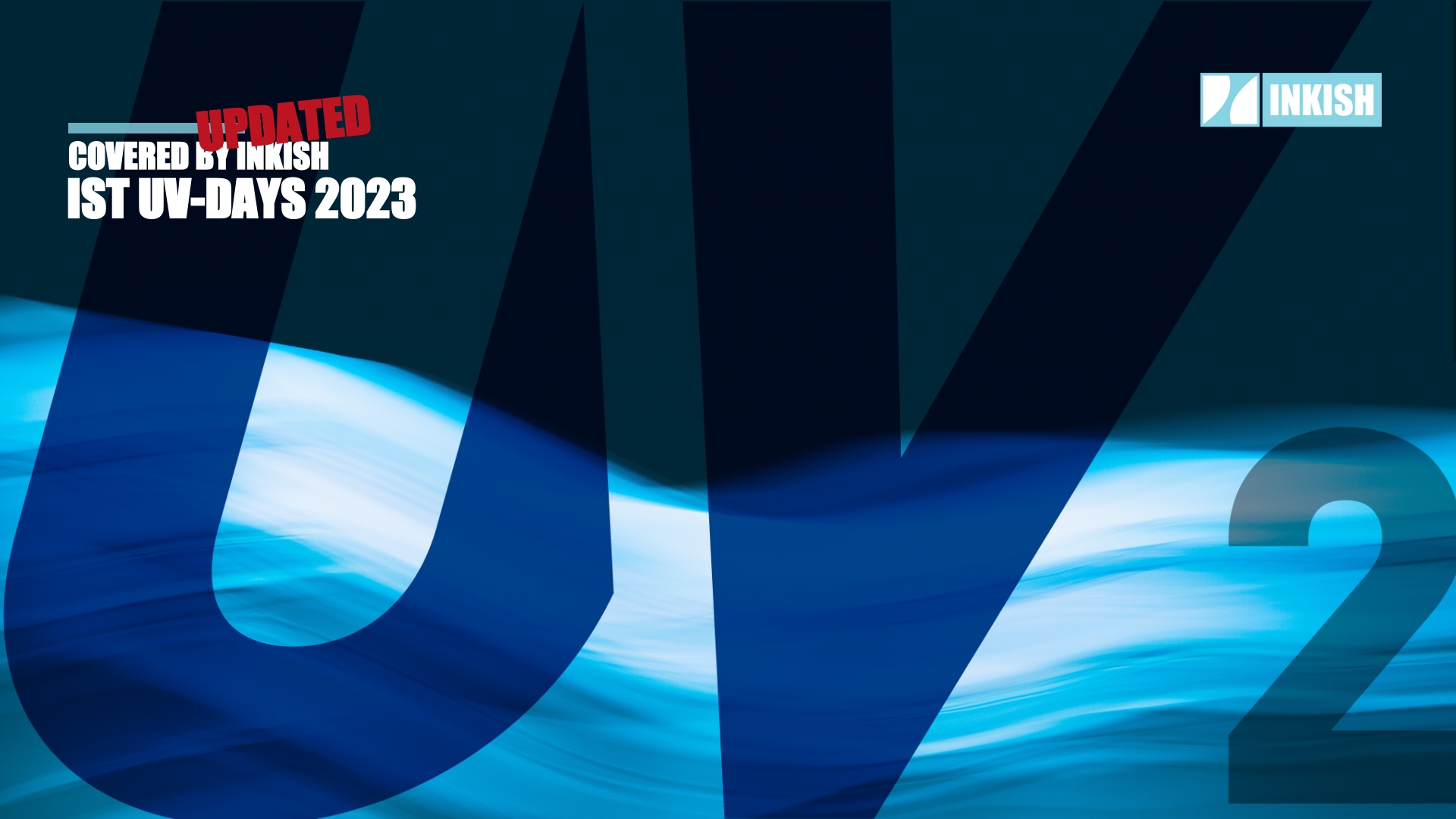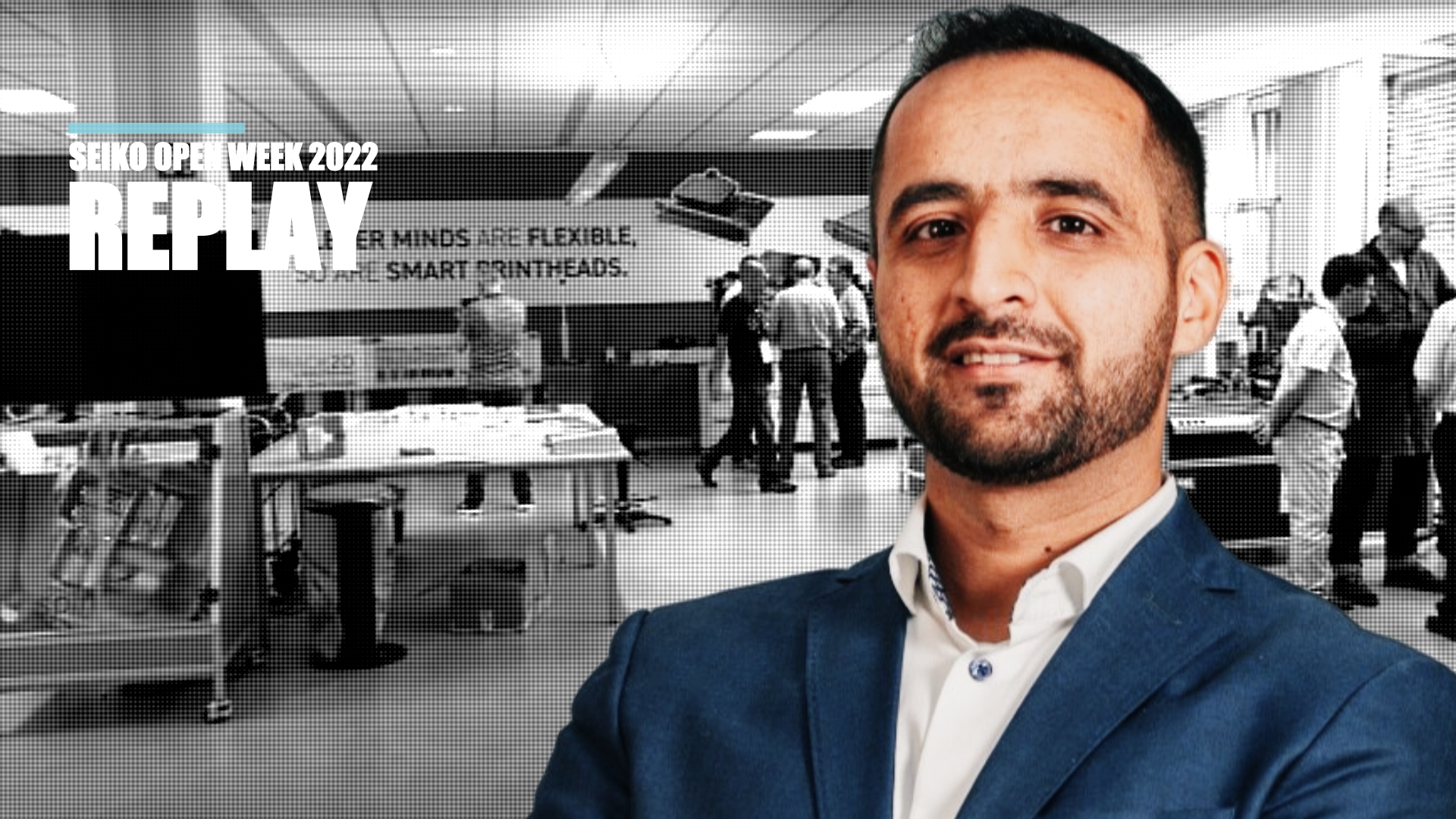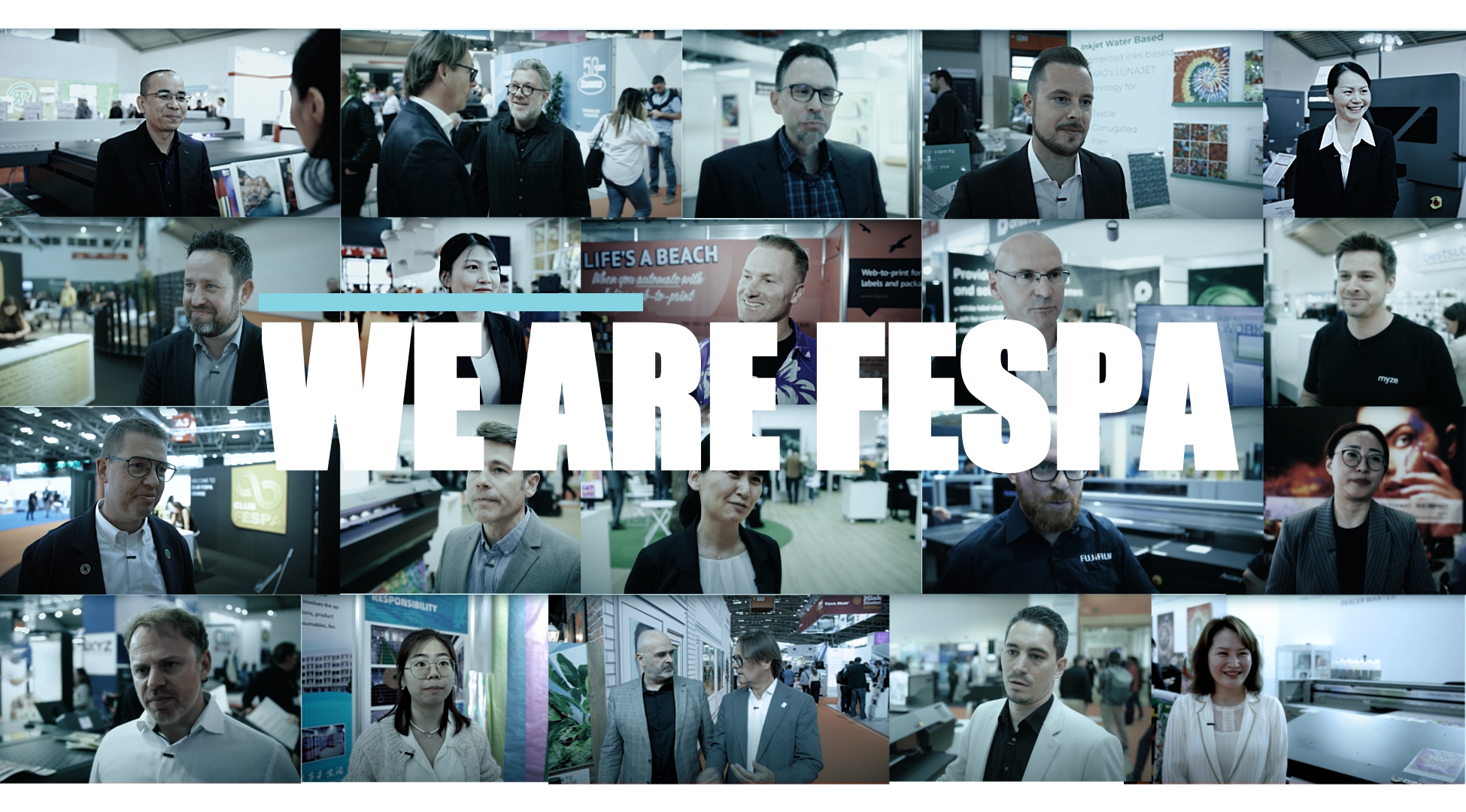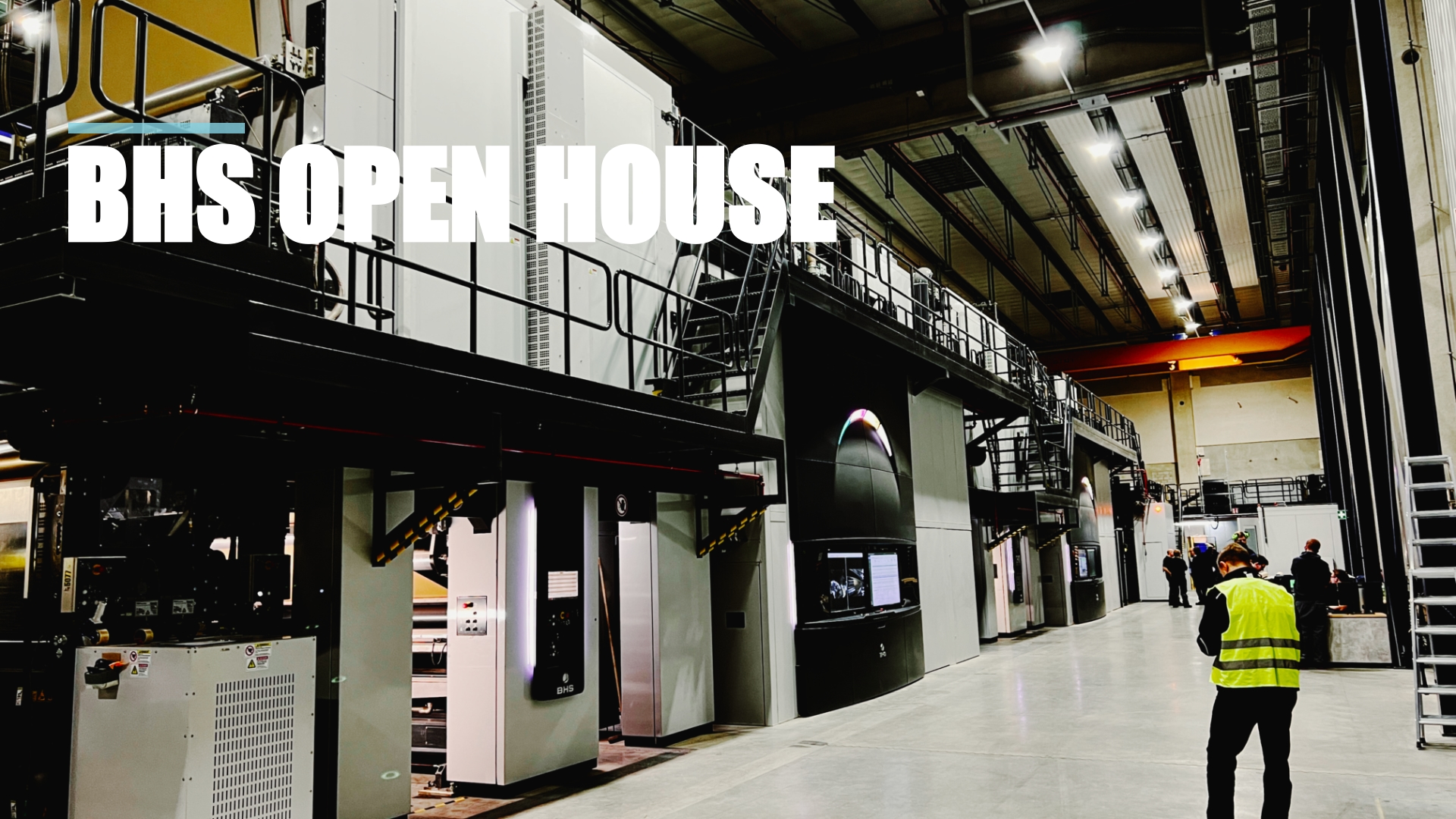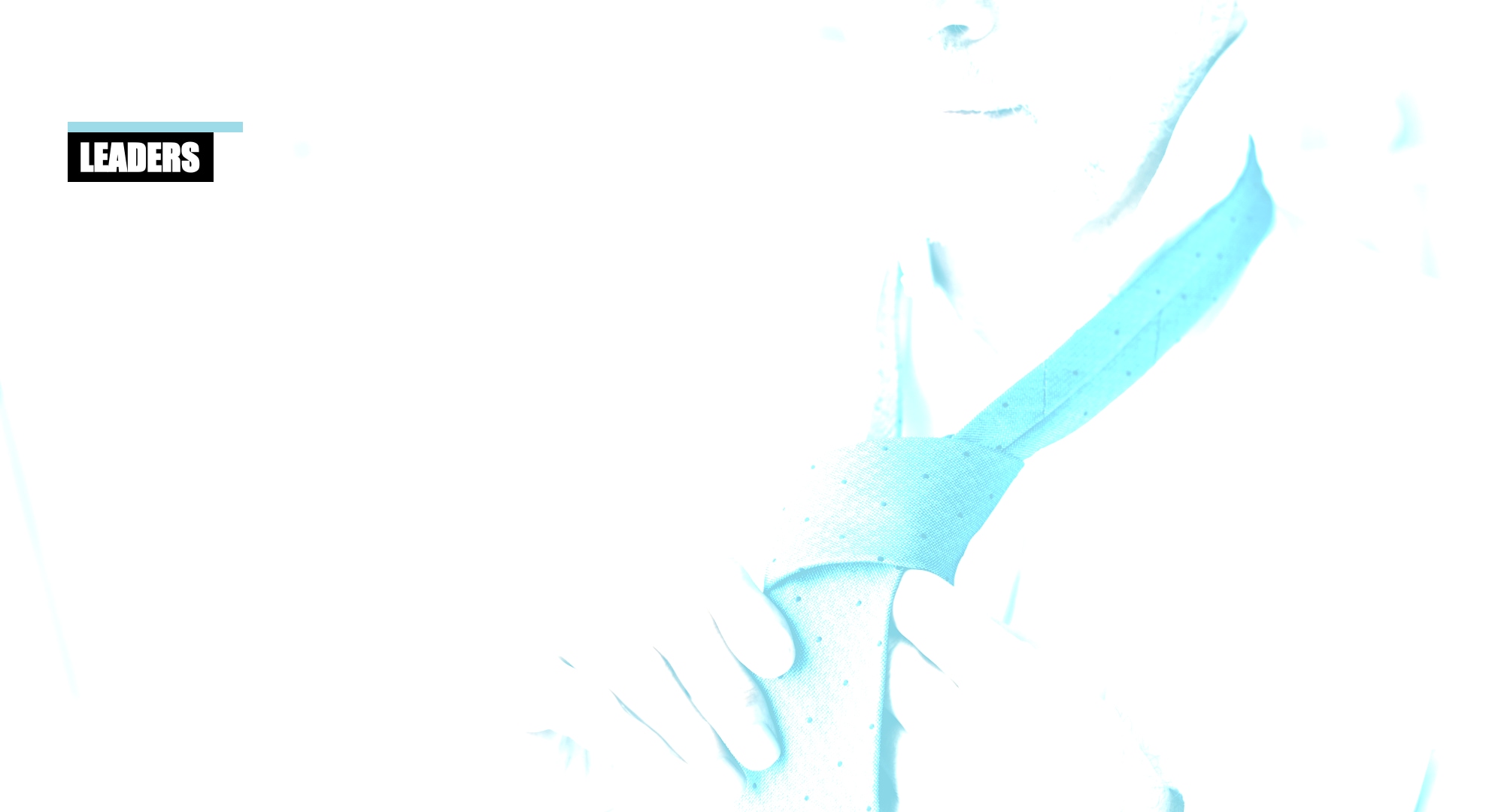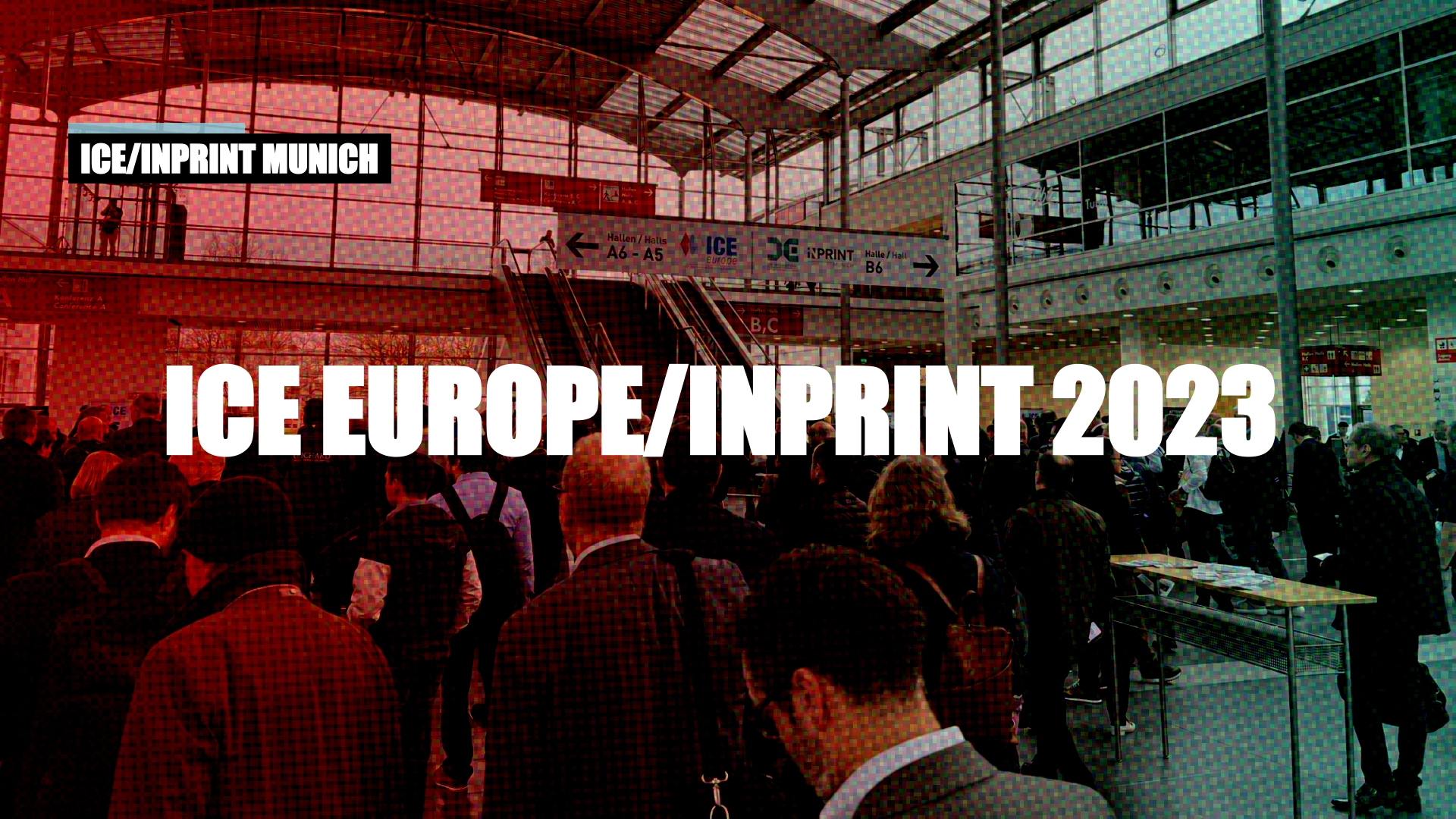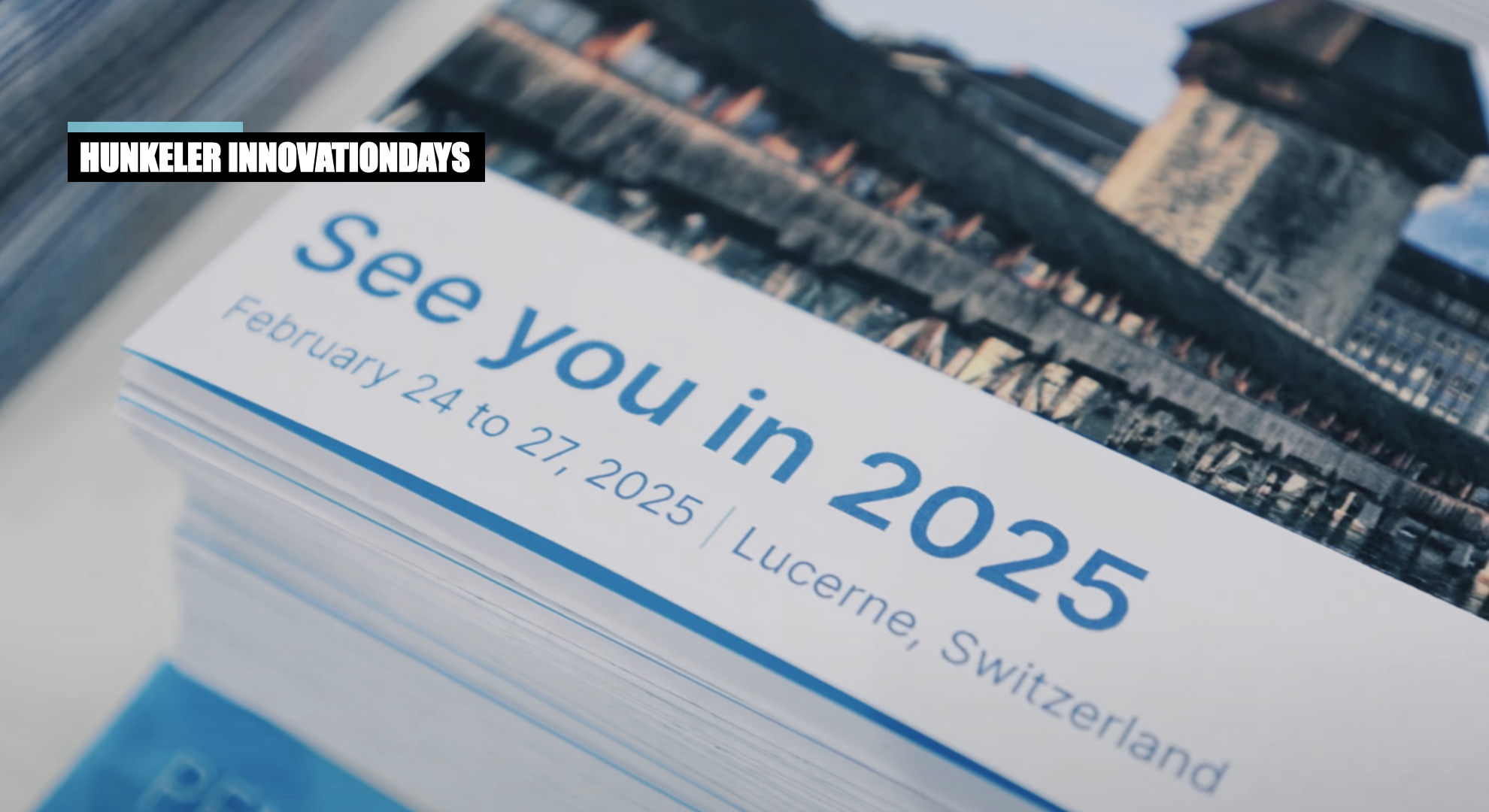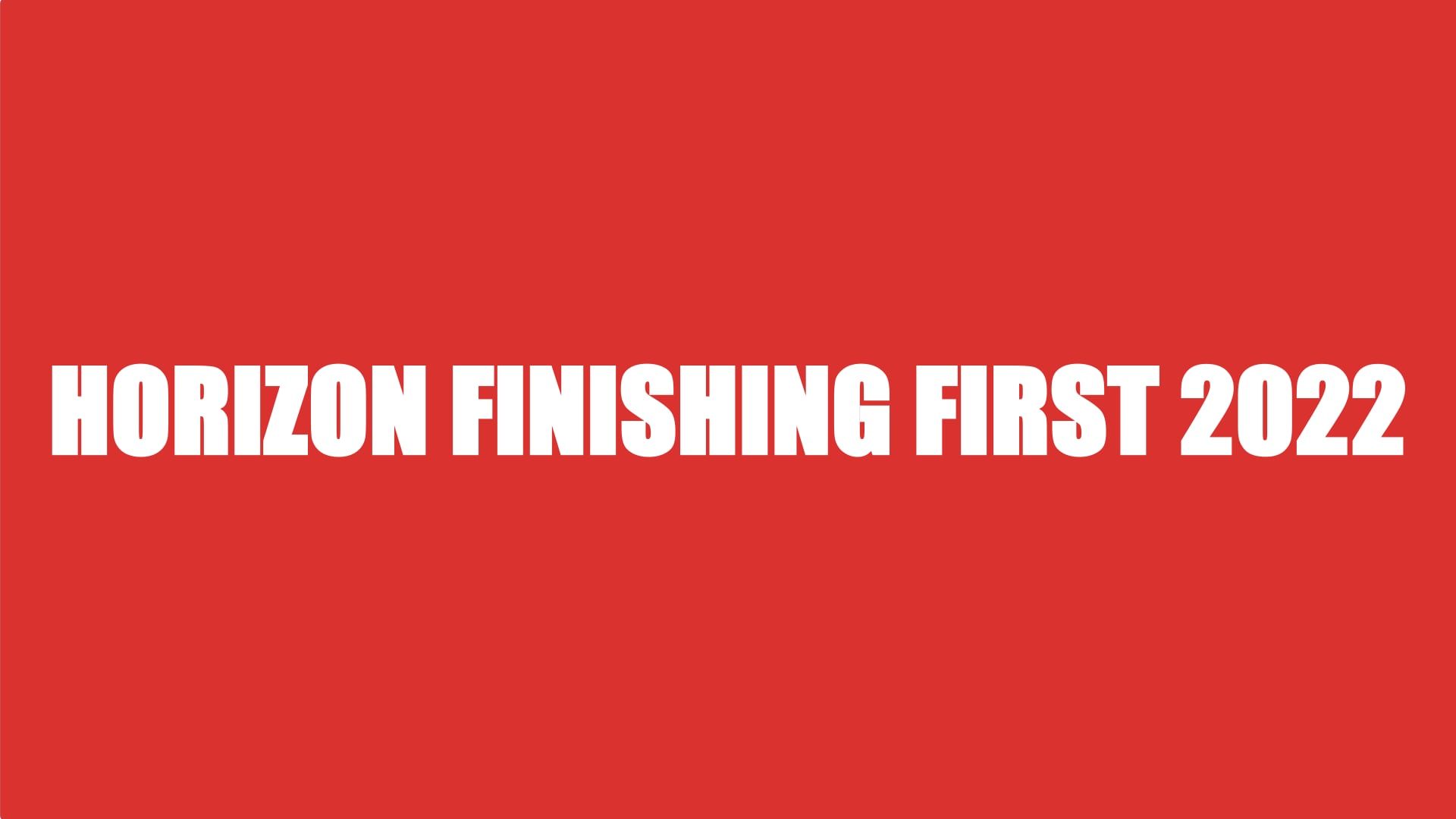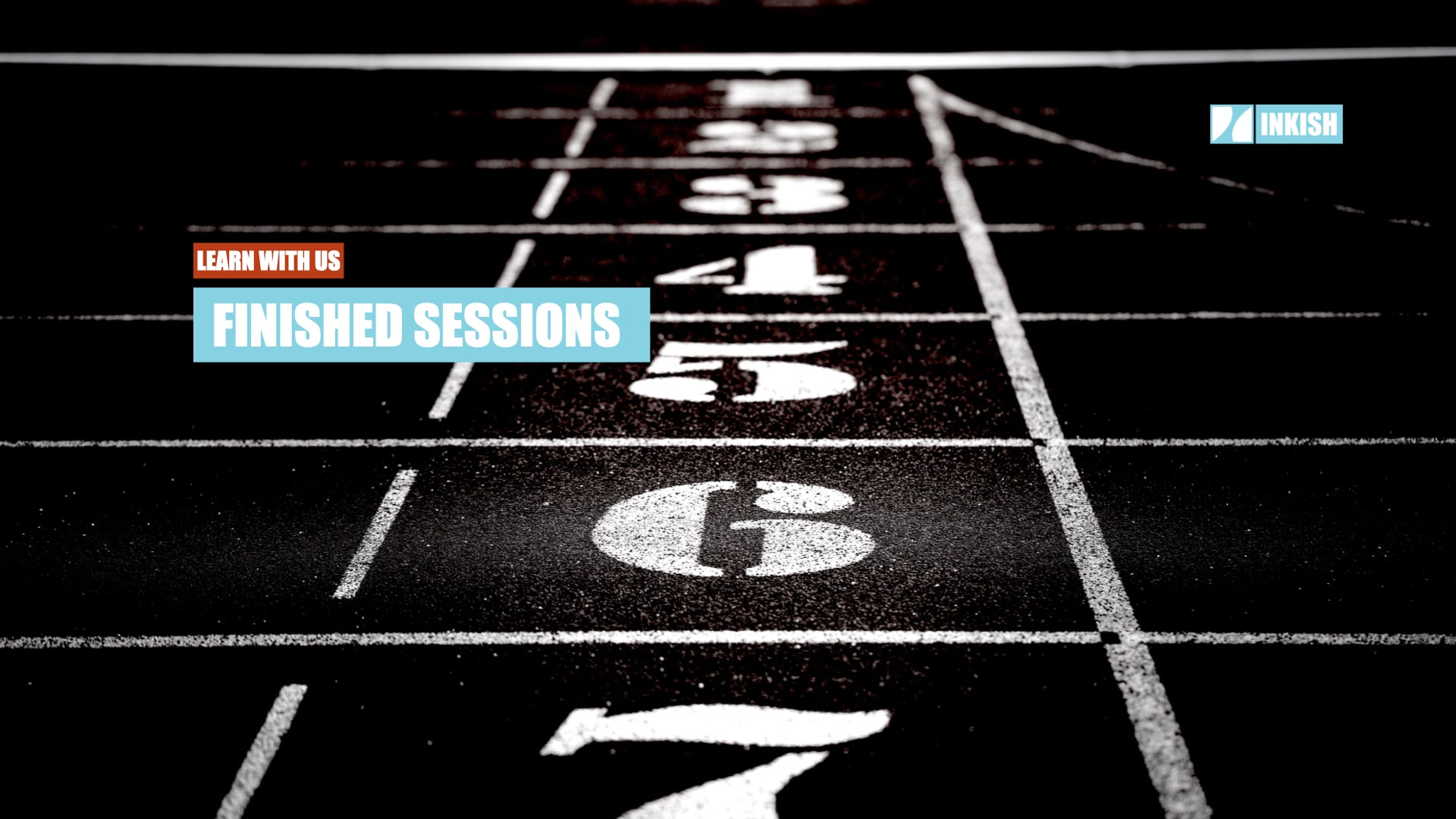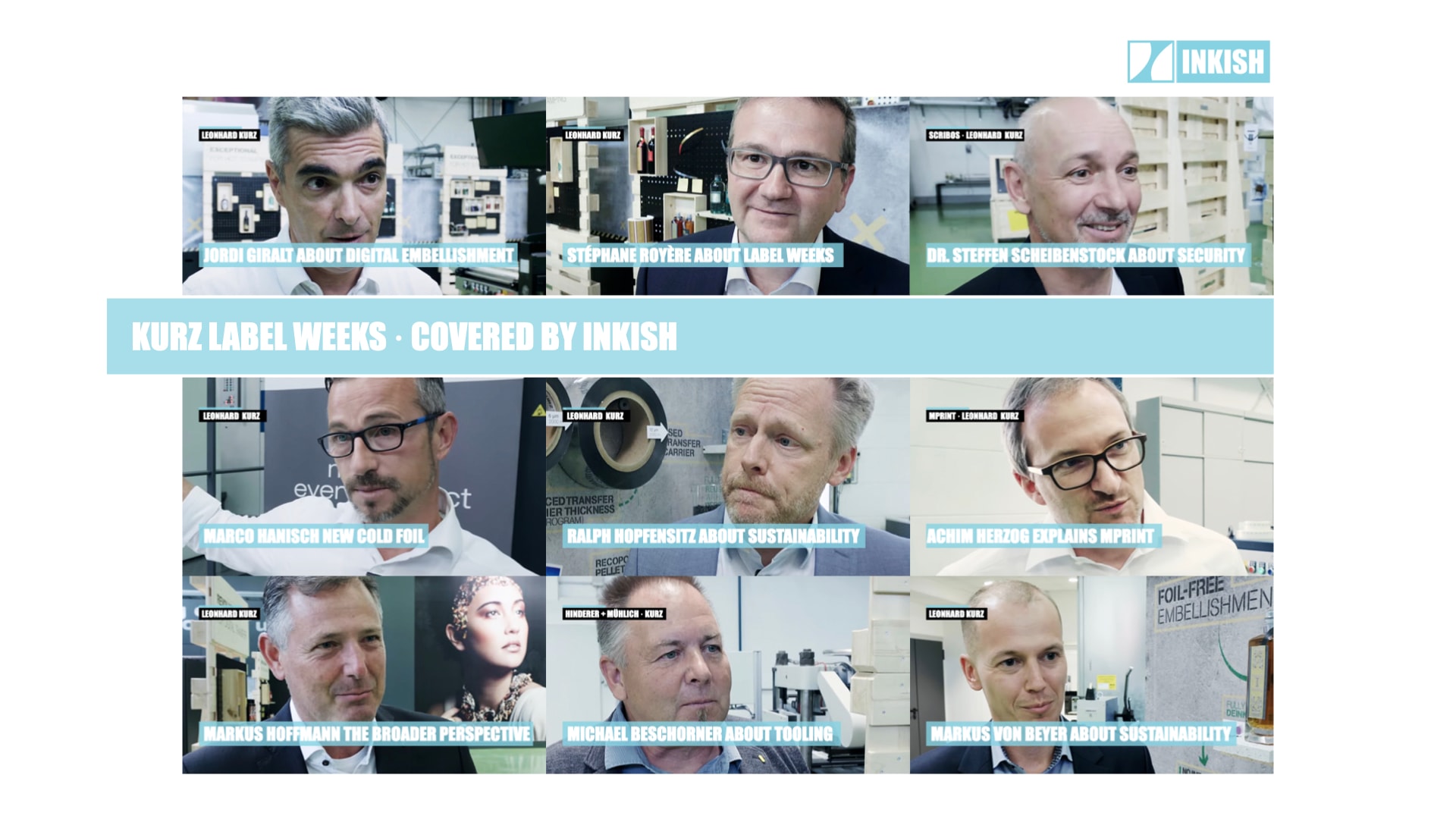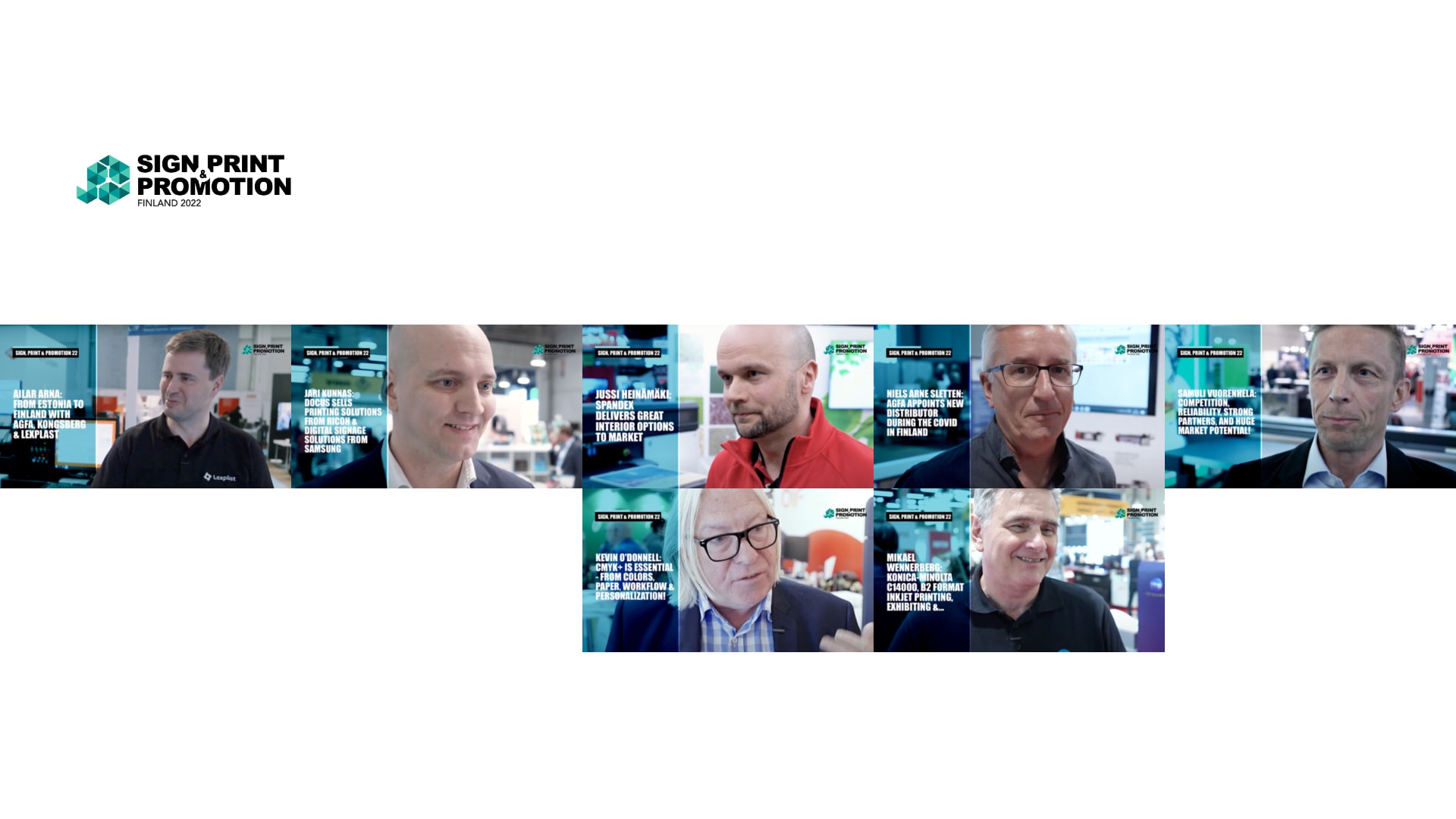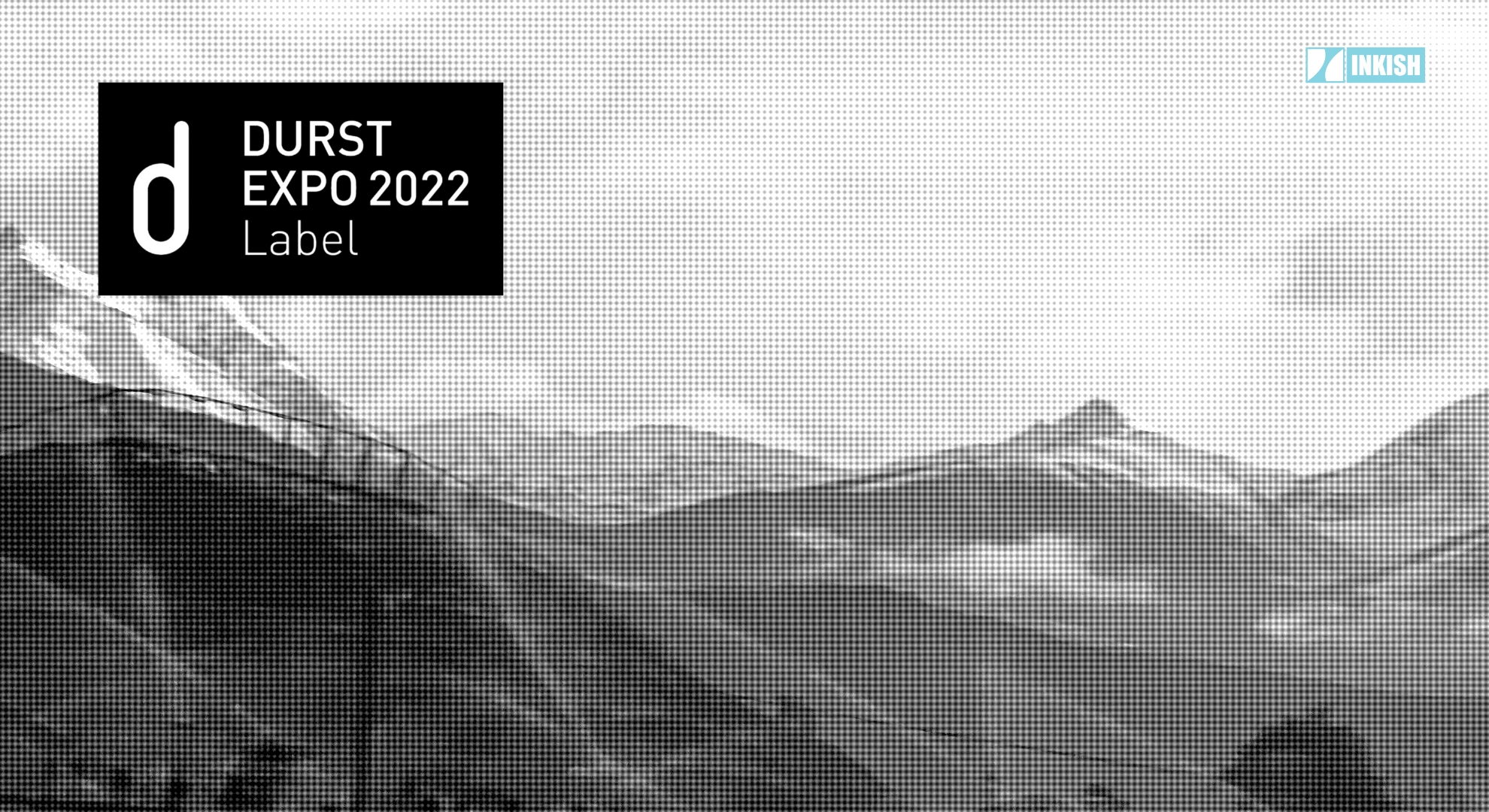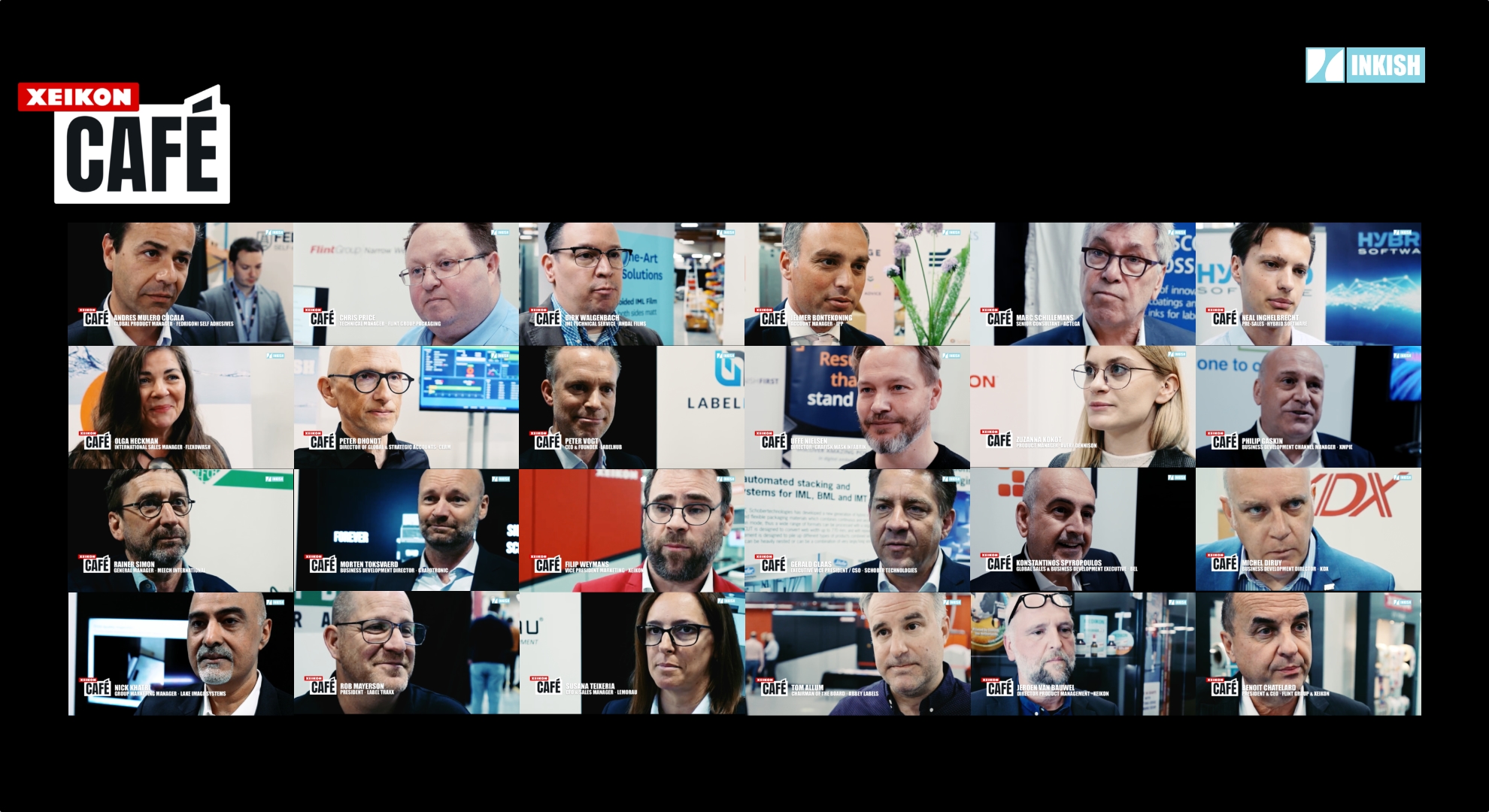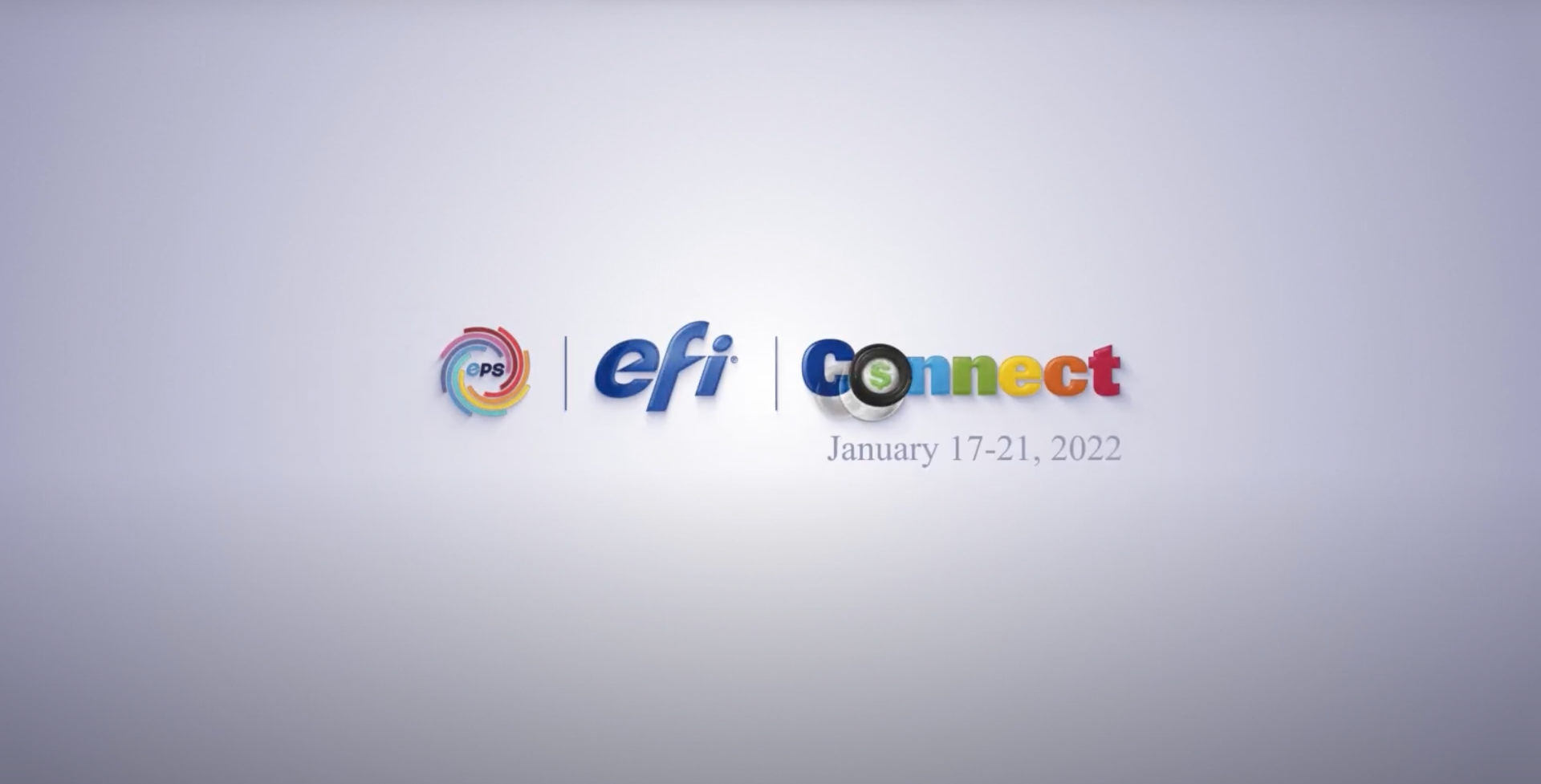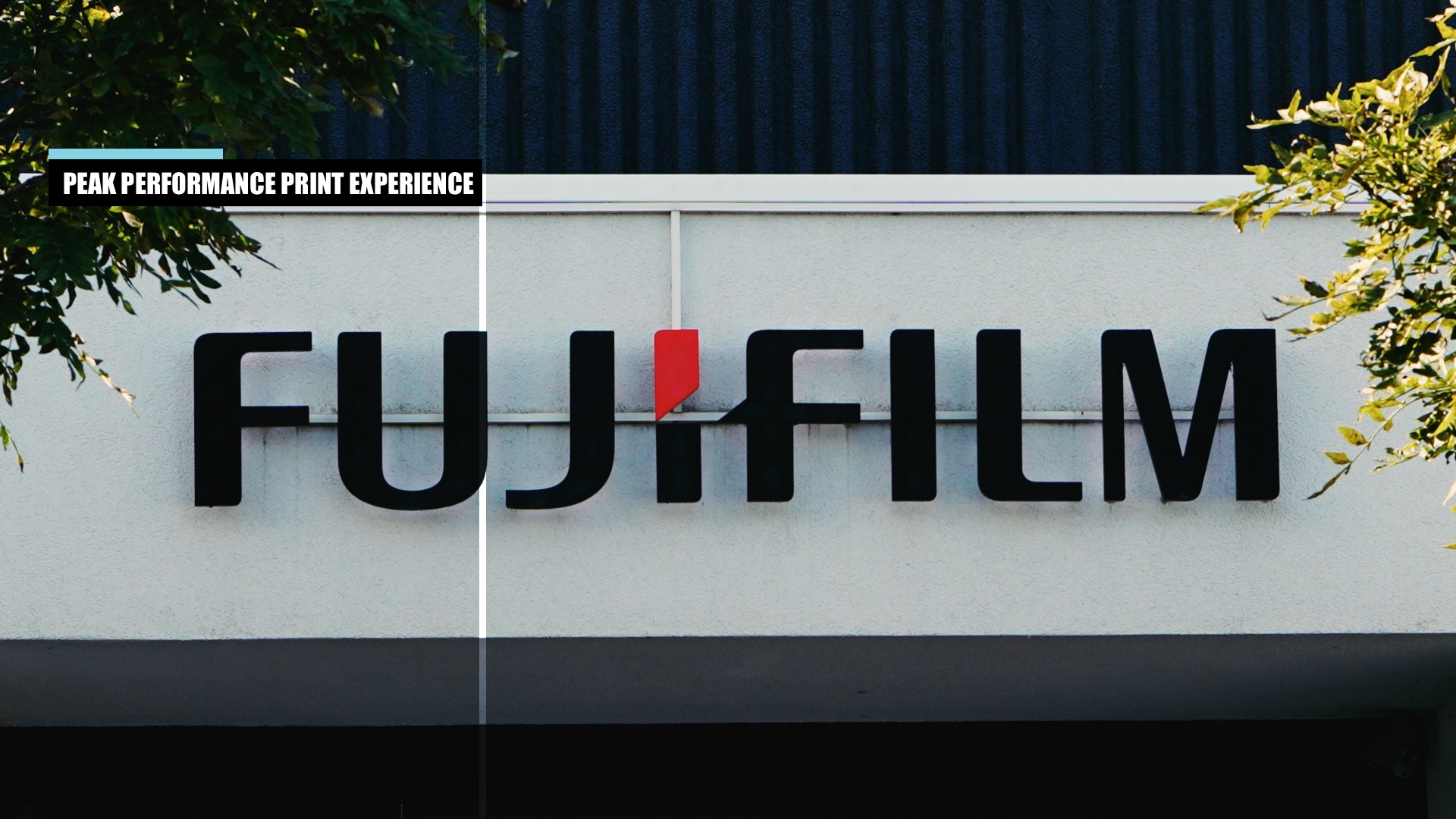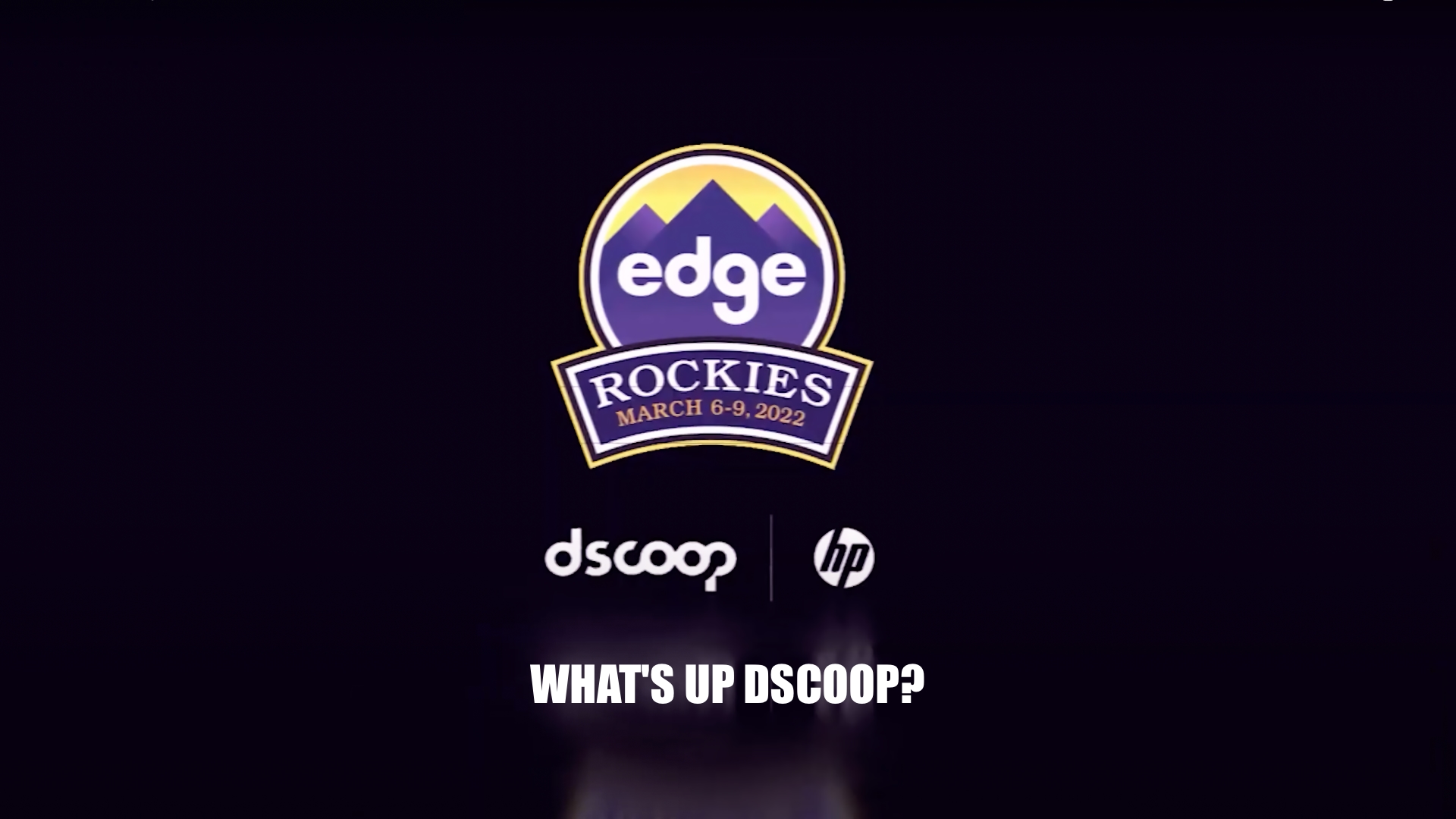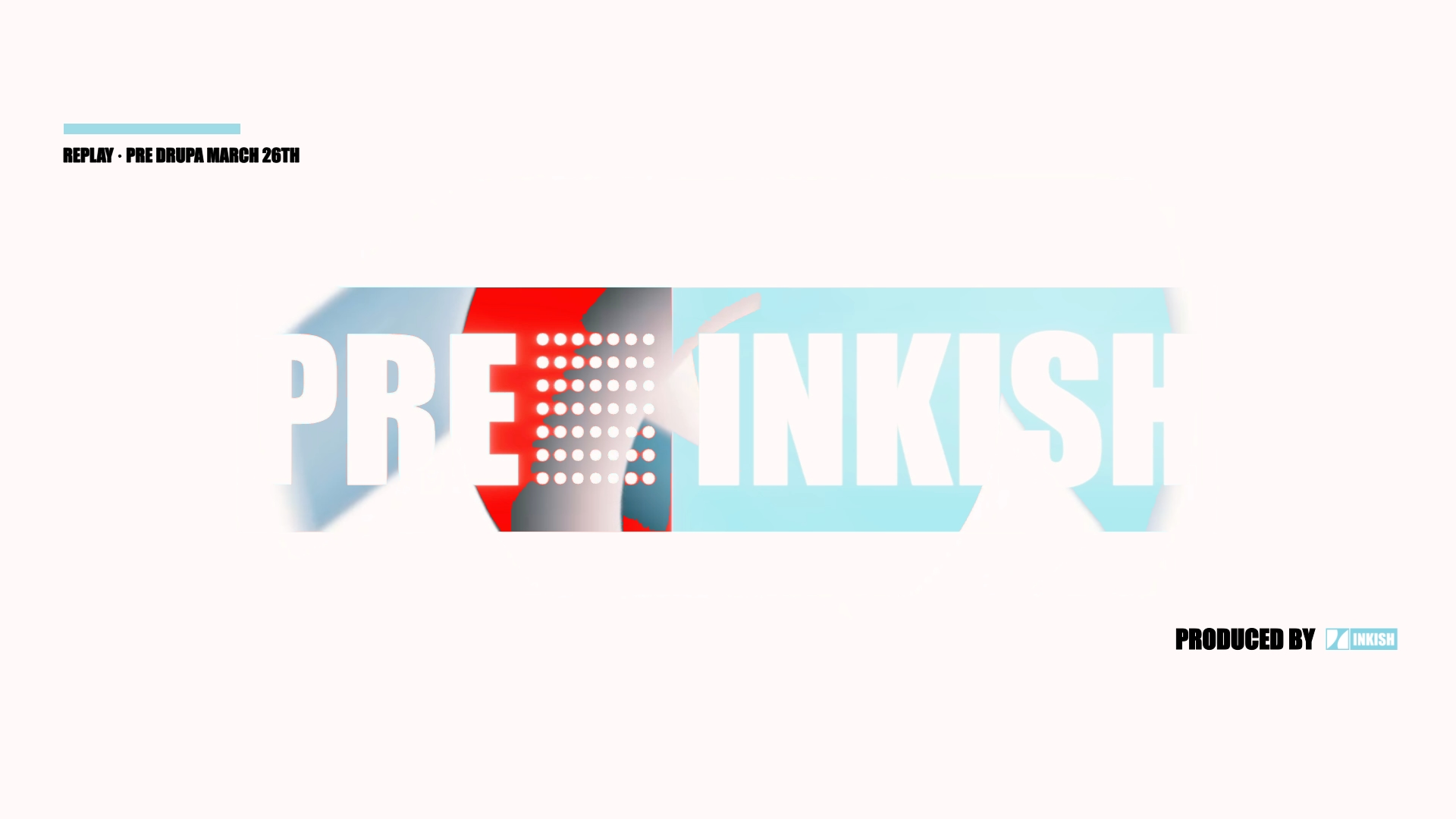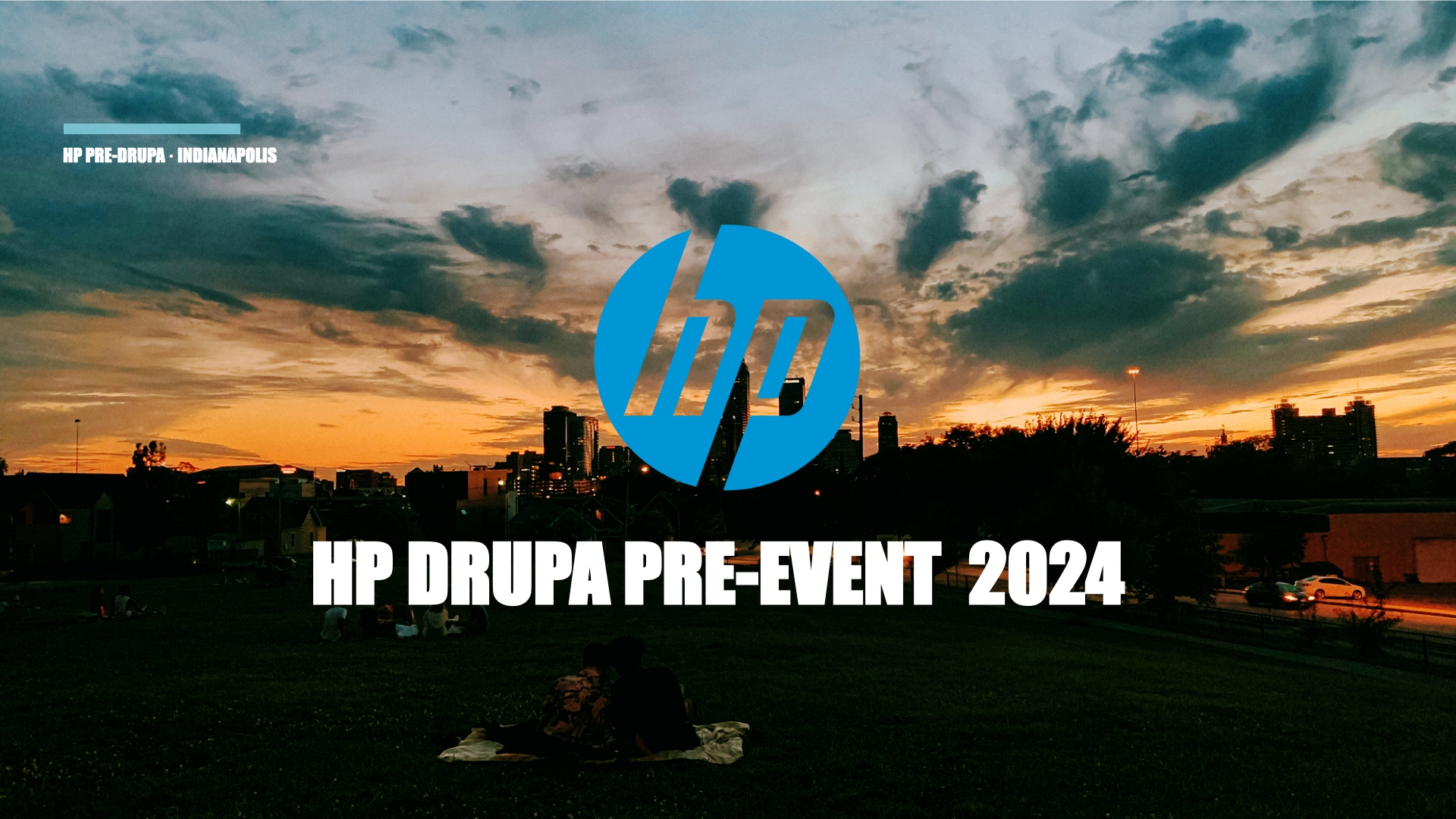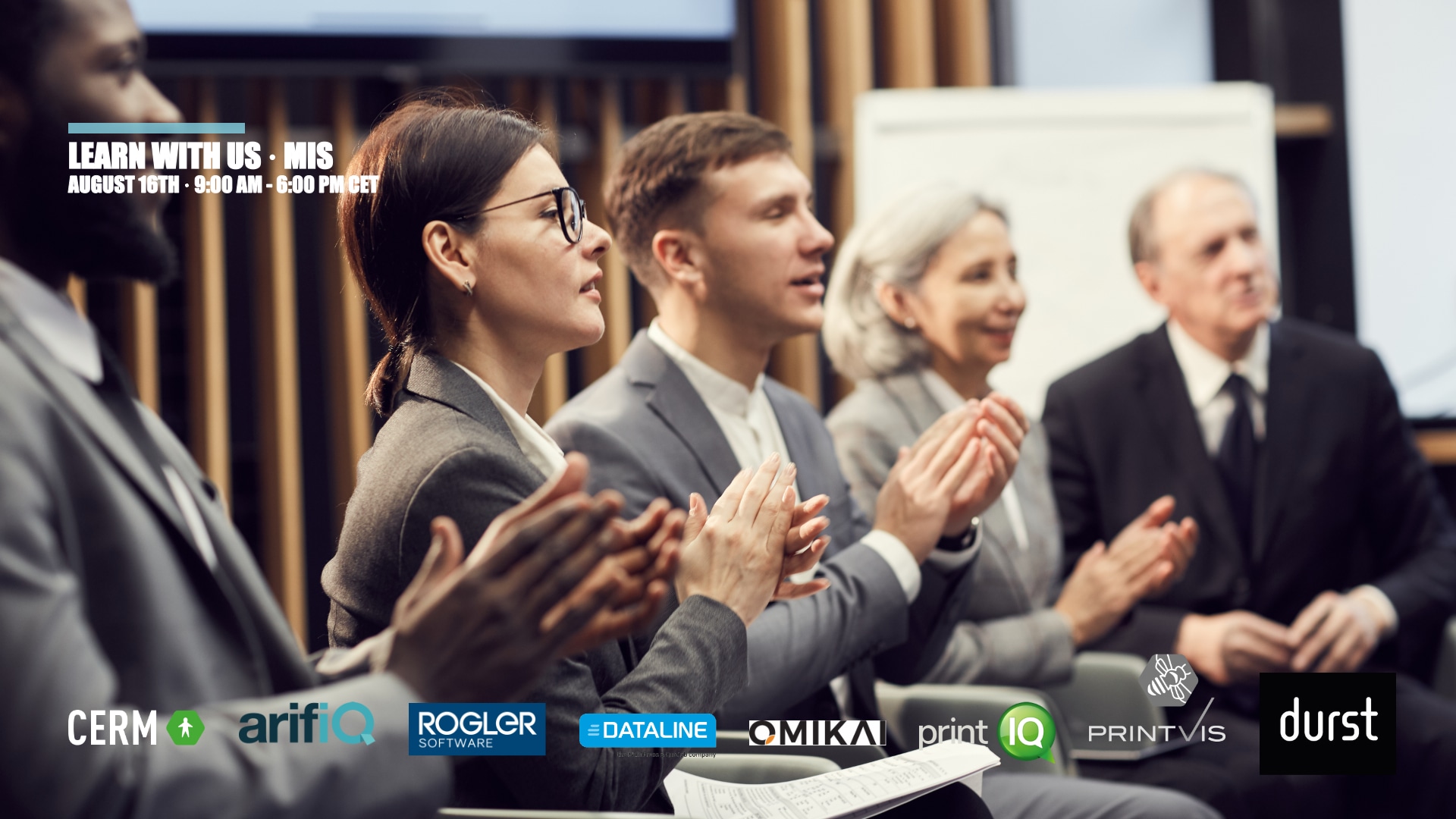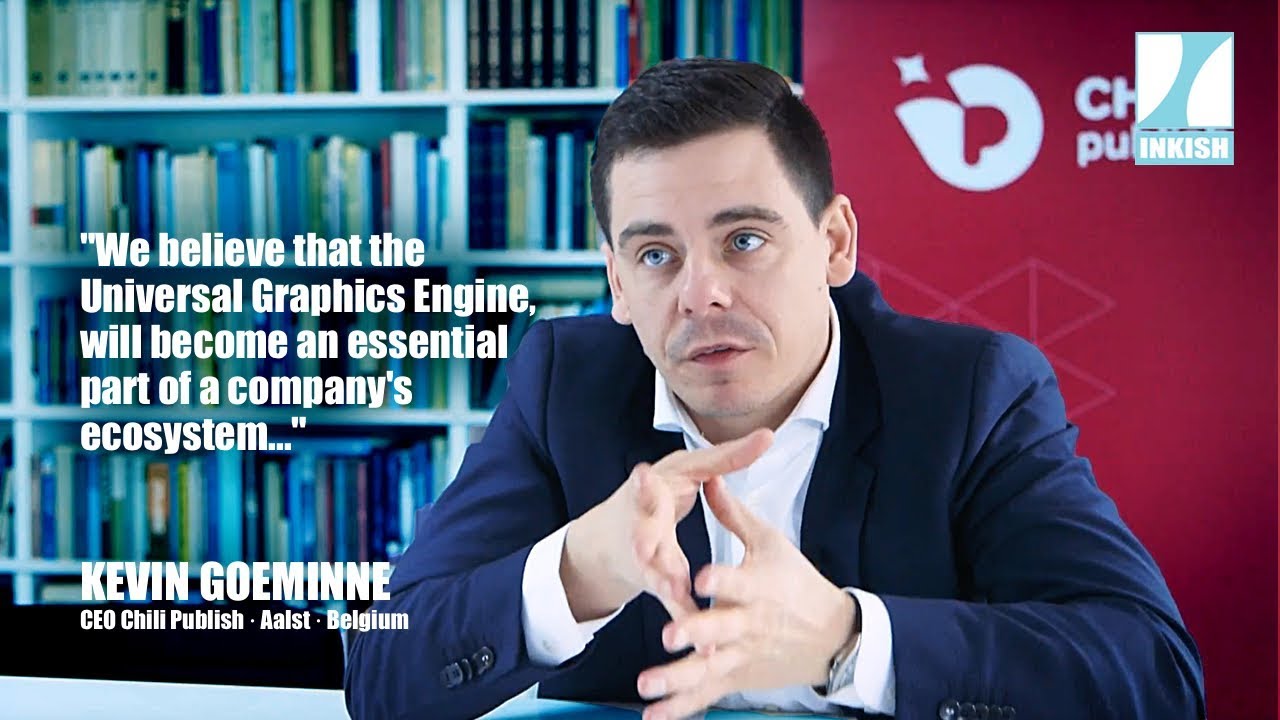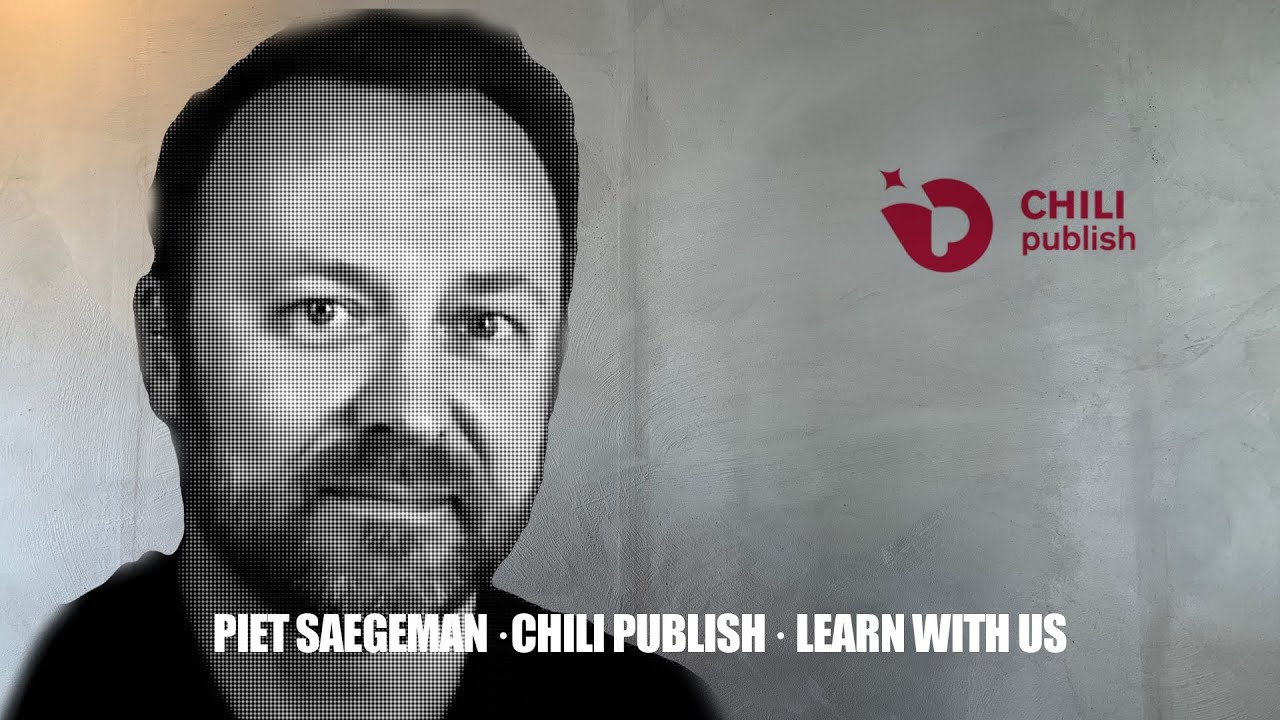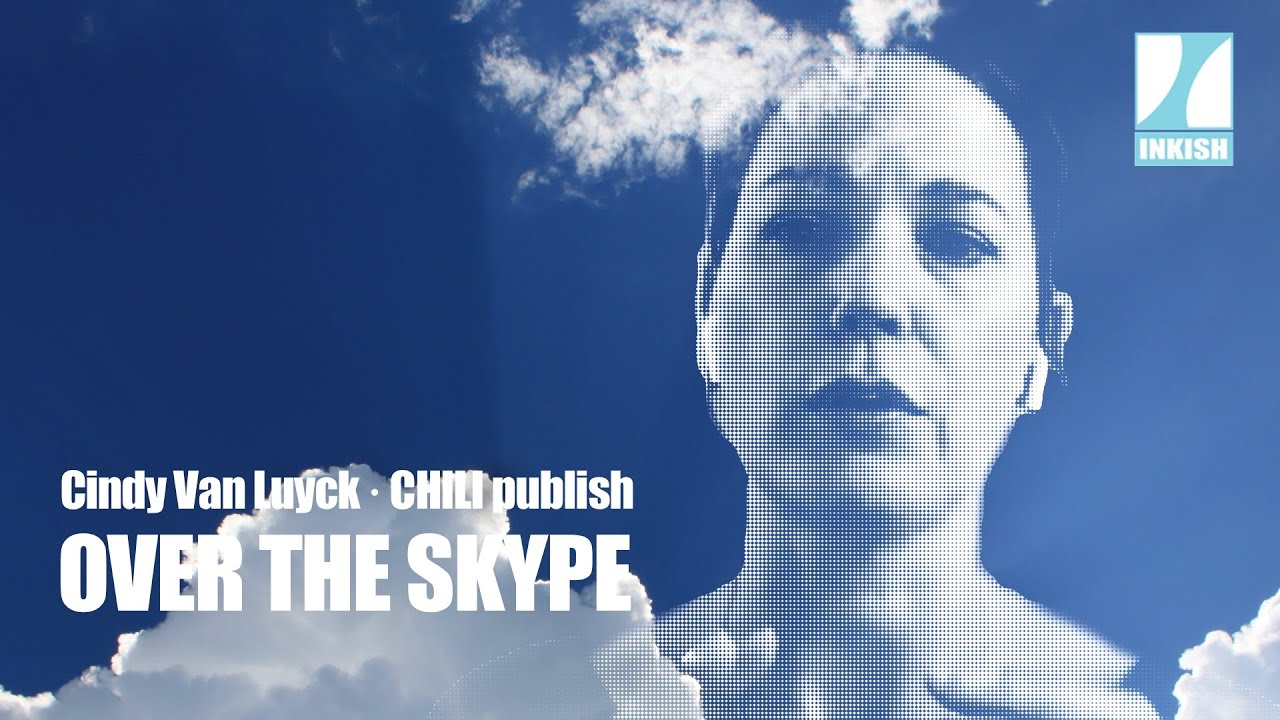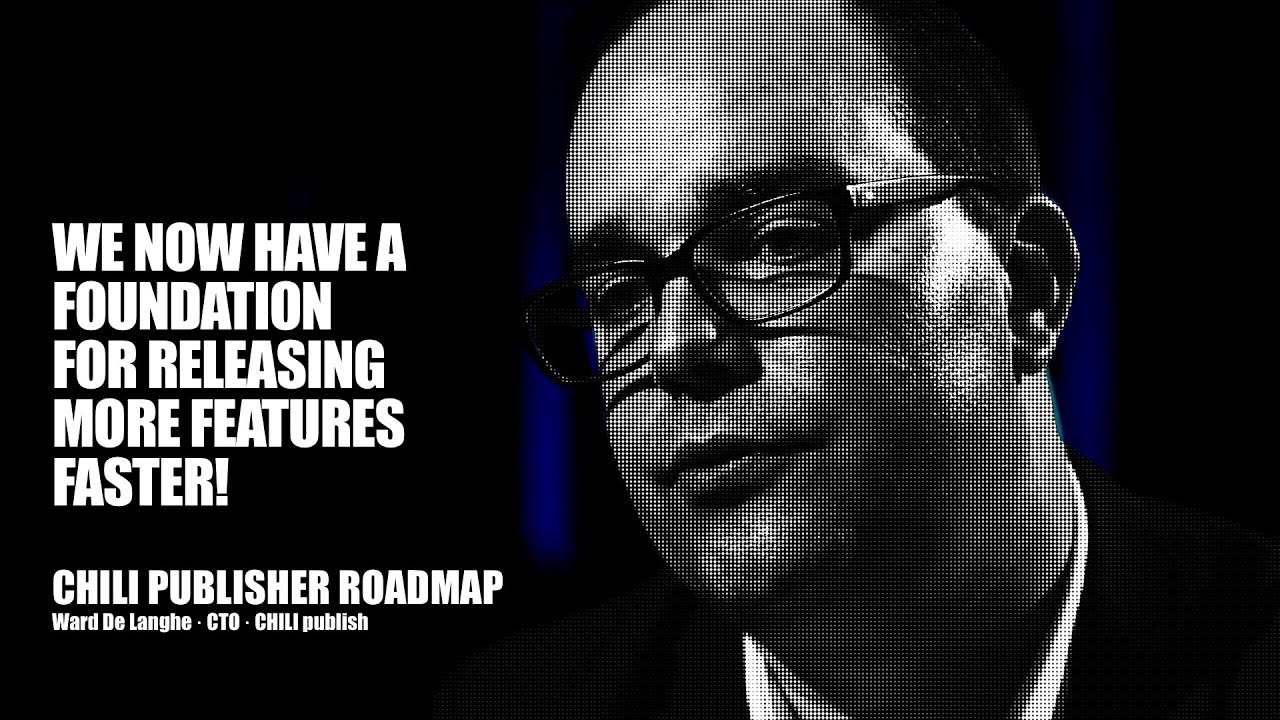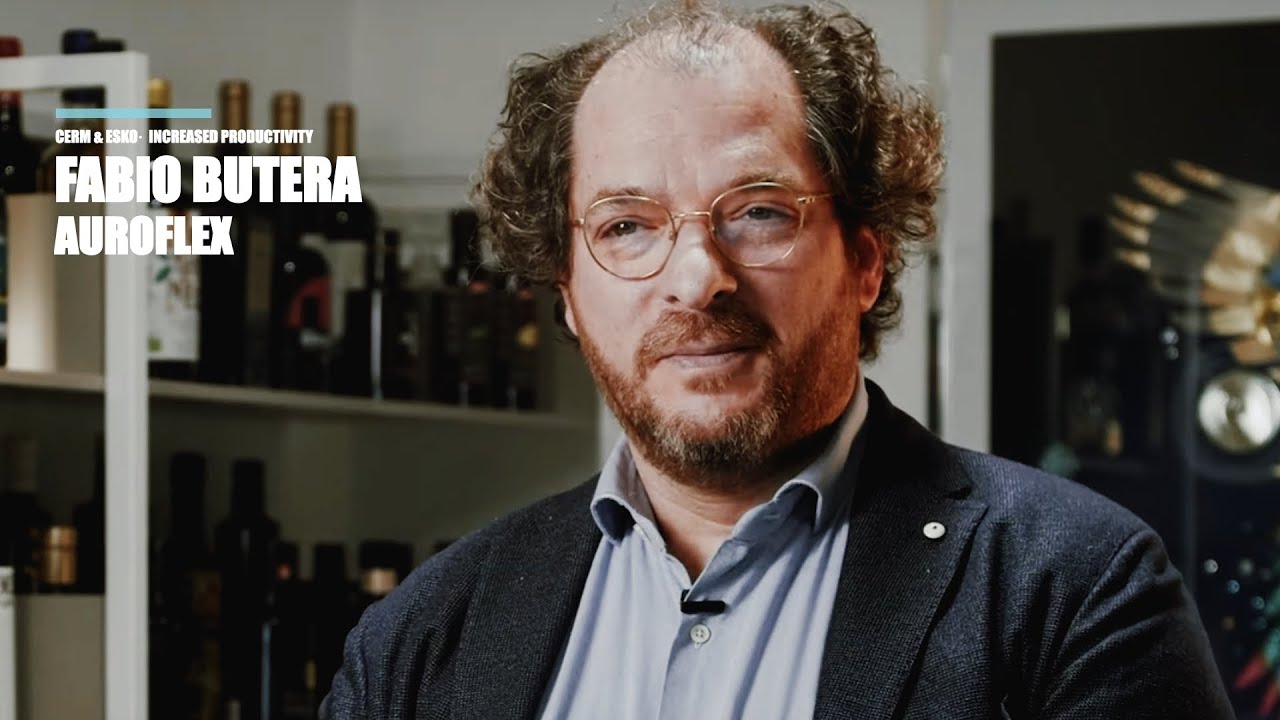INKISH.TV proudly presents: Kevin Goeminne · CEO Chili Publish · Aalst · Belgium
At the SpicyTalks18 in Amsterdam CEO Kevin Goeminne from Chili-Publish spoke with INKISH.TV about partnerships, the new Universal Graphics Engine (UGE) and how Chili-Publish looks ahead of a bright future for its products and services. Great conversation – thank you Kevin 🙂
TRANSCRIPTION
Morten Reitoft:
Kevin, we are here at SPICY talks in Amsterdam and you just had … I mean, you just got a very, very nice feedback from the audience here. The third day of the show. What is SPICY talks about?
Kevin Goeminne:
Well, SPICY talks is about bringing our partners, customers, staff together to create this really big community, which … we call our customers SPICY stars. We have our SPICY talks, and it’s about creating a platform where we share our vision, where we share what we’ve been doing, but also where customers share their stories and everybody’s networking, and I think it’s wonderful.
Morten Reitoft:
And though it is the last day, you still keep tension from people, right?
Kevin Goeminne:
Oh, yeah, yeah. I mean, of course. It might be the last days, we might have lost a couple of people overnight.
Morten Reitoft:
You can’t guarantee that.
Kevin Goeminne:
We can’t guarantee, but, no, I mean, there is networking going on till last minute. I mean, they just came over and said, “Can you meet this guy, this guy, this guy? They wanna talk.” But that’s good. The bus doesn’t stop. I mean, it’s like people are empowered. They’re full of ideas. Even last night during network event, people were still exchanging ideas and it was just … yeah, just keeps on growing.
Morten Reitoft:
What type of people are here? Because when you just come from the outside, is it just geeks or is it … ?
Kevin Goeminne:
No, no. So, basically, we bring together four groups of people. They’re all around. They’re either a brand and we’re talking major brands, major international brands. They’re printers. Small, big … They’re packaging and label guys, and there is agencies, and we try to bring those four together because we believe that they’re all key actors in what we do.
Morten Reitoft:
And talking about key actors. I mean, you just told me before camera was officially turned on, Jan, that there was actually tremendous growth in Chili right now, right?
Kevin Goeminne:
Yeah. I mean, we’re talking double digit growth all over, all over the company. I mean, the last six months, we hired probably 20 people. It’s really going fast.
Morten Reitoft:
The growth is that due to an increased demand in the market for the kind of service that you provide in general?
Kevin Goeminne:
Yeah.
Morten Reitoft:
Or is just like your company is also maturing?
Kevin Goeminne:
I mean, it’s a combination of everything. Obviously, we didn’t start yesterday. We started a couple years ago. It’s all about that digital transformation. I talked about it in the keynote. Everybody is trying to complete their digital transformation roadmap. The Universal Graphics Engine … how we rebranded it here … is truly a solution that helps either marketers, printers, labels, brand owners to complete that digital transformation journey. It’s a complex one. We’re only a part of the solution, but we’re an important part of the solution. I don’t see any … at the end of the day, everything is driven top down because it’s always the Fortune 500 who start with initiatives and then it ripples down to service provider and so on. But everybody’s trying to complete their digital transformation, and it’s not easy. You need good technology and we’re a very important component there.
Morten Reitoft:
I was just thinking because when you have this double digit growth is that … I mean, of course, that puts a lot of responsibility on your shoulders because there’ll be more people relying on your products and services. Does that also require some changes in how you organize your partnerships and how you see your business models developing, and this kind of thing?
Kevin Goeminne:
The business model is very simple. We’re a software company. We breathe technology. That’s what we do. What we do is form a lot of partnerships. We do try to make sure that there is quality assurance on those partnerships. We just hired Pete, who is a full-time strategic alliance partner because we partner with so many solutions out there. Workflow, PIM, DAM, MIS, you name it, and it’s really important. Is it changing the way we’re doing business? A little bit. Obviously, the scale is becoming larger. We have to make sure that we bring that stability, which we’ve been doing the past years, and we’ll continue on doing that and make sure that whenever we release new iterations of our software it’s well thought and it allows our customers to move forward.
Morten Reitoft:
I listen to actually Pete’s presentation about your pitch on partnerships. I liked it a lot, of course, and I think that the logics that he presented on screen with … that you have like a screening and you have like … it’s not just for a short term business opportunity, it’s sort of … it seems like a genuine interest for your side to have a longterm partnership with your partners, right? But I was just wondering, because you also participate in a lot of events from a lot of different companies and I was just wondering … I mean, are you able to deliver on those promises that you’re giving? Or is that more like a starting point? Do you understand what I mean?
Kevin Goeminne:
What’s important is when we form a partnership is that it’s a true partnership, and that there is some substance behind it. But also that there is rules that when something goes wrong with the partnership, we know how to solve it. It’s almost like a marriage, right? There’s a culture.
Morten Reitoft:
You don’t know anything about that.
Kevin Goeminne:
Not yet. Not yet. It’s like having a … the reason why you put a contract in place is because you have rules when you have to separate, and Pete talked a little bit about that and I think it’s important as a customer you know, “Okay, I’m getting into this. I’m doing it with a couple of partners,” because that’s the way that today you’re completing that digital transformation is by taking best of breed of technology or companies and assembling them. It might always be that in a few years there’s one component that you need to-
Kevin Goeminne:
Yeah, that needs to change or evolve, but as long as you’re prepared for that, then that’ll be fine.
Morten Reitoft:
That was actually one of the things I found very nice from the presentation because sometimes it’s more fun at events to talk about the engagement period, about the marriage, about the happy years, and then it’s not always so pleasant to talk about … and I actually think that it’s really a professional approach. But when he was starting his presentation, he said that, “You can either buy solutions or you can build solutions,” and then he formed this third option as a partnership.
Kevin Goeminne:
Yeah.
Morten Reitoft:
As his introduction to the partnership program that you revealed, right? I was just wondering … and that was I was asking if your growth and the way that you work is changing because of your growth and because … because when you put that as a third option, it seems to me like that is a change.
Kevin Goeminne:
Well, maybe you’re right. I mean, maybe I didn’t think it through like you just did because what we do see changing is maybe somebody started as a customer and then evolves into a partner.
Morten Reitoft:
And now you have a second approach, because you also in your presentation separated the fact that you can have a commercial relationship … you can be a customer with you, but you can also be a partner and they don’t need to necessarily be mixed together, right? I mean …
Kevin Goeminne:
No, they don’t, but they could and often they are, actually. And what we see is that now the end customer … so, if we have, let’s say, service agency, the end customer wants us next on the table to make sure that the project is gonna be delivered with success. I think that’s the big change.
Morten Reitoft:
With the change that apparently is going on anyway, do you still expect there is growth potential for Chili Publish?
Kevin Goeminne:
Oh, yeah. Yeah. Of course. Well, I mean-
Morten Reitoft:
Otherwise, you wouldn’t be here, right?
Kevin Goeminne:
Well, I mean, we wouldn’t be here. We wouldn’t have VCs that stepped into the company 11 months ago. The potential is enormous and we are still only at the beginning of our journey, and the potential is even bigger when you look at the concept that we launched two days ago here, which is this new category that we want to claim to better explain what we’re doing, which is the Universal Graphics Engine, and if you look at that word cloud that we designed, which was onscreen …
Morten Reitoft:
I saw that.
Kevin Goeminne:
You saw that, right?
Morten Reitoft:
Yep, yep.
Kevin Goeminne:
Where we say, “Look, Chili Publisher is … can do automated label generation, can do customized packaging editing, can do branded collateral creation or personalization or [inaudible 00:08:35] customization.” All those applications are valid and our customers have been building for that, and if you start thinking about all the applications, then you start to realize the full potential of a product like Chili Publisher.
Morten Reitoft:
But I’ve never doubted about that. I’ve known you for many years, also before you and I met a couple years ago. But I was just wondering because, I mean … and that’s why I’m asking about this responsibility towards the market and the customers and the change in what I see is a little bit of a change in your way of actually organizing your customers and your partners. Because I was just thinking that isn’t there a kind of obstacle in how to reach that potential? Because, I mean, people should … I mean, your software becomes more and more complex, and the market in general becomes more and more complex. So, I guess that it requires a lot of more communication, a lot of more effort from everybody involved in that to understand the full potential, right? I mean-
Kevin Goeminne:
Yeah, absolutely. And, again, that’s why … I mean, organizing this event was a really tough one in a sense that it wasn’t tough getting people here. It was tough because we were constantly challenging [inaudible 00:09:36], how can we explain our story more simple? And that’s why we said … we always claimed to be an online document editor, which was fine, which we are. We’re a good online document editor. But we said, “Okay, how can I drive a conversation and make people understand that it’s so much more?” So, that’s why we said we have to re-call it a Universal Graphics Engine, and we believe that a Universal Graphics Engine, or a UGE, will become an essential part of a company’s ecosystem.
Just like they have a CRM system, just like they have maybe a DAM solution, just like make they have a PIM solution or e-commerce platform. We are an essential component that will allow you to generate your graphic output, whatever that graphic output is. Digital, print, packaging-
Morten Reitoft:
But … I’m sorry to interrupt you but I think that … I mean, that is … I think it’s a brilliant way of seeing the potential and how to actually make sure that the software is seen as a major component in any communication and any, actually, also just production.
Morten Reitoft:
But I’m still saying that you can’t … in my opinion, you can’t make something that is so complex and you then, on one aspect, you simplify the communication of it, because the decision makers, the ones that are going to invent in Chili and your partners and the full potential of Chili, I think they just need a lot of information and also some kind of courage to actually see the potential and use it. I mean-
Kevin Goeminne:
Yep. Absolutely. But, of course, then … again, this is something I talked about two days ago. We’re in a full wave of this industrial revolution. The good news is there is a lot of potential to disrupt. The bad news is it become much, much more complex. I mean, certain things are industrialized so much. Think about posting an ad on Facebook or LinkedIn. Anybody can do it. You can target a group of 50 people very easily today. The problem is there is no differentiation there anymore, so you need to start thinking about new ideas so they become complex again.
Morten Reitoft:
And that is where you believe that your software and your partner’s ability to both develop and implement, you will be able to actually give marketers a much better return on investment by investing in your-
Kevin Goeminne:
Absolutely.
Morten Reitoft:
Yeah.
Kevin Goeminne:
Absolutely.
Morten Reitoft:
And that is a driving factor, right?
Kevin Goeminne:
Yep.
Morten Reitoft:
So, the technology is just a kind of engine to ensure that your customers get a better-
Kevin Goeminne:
I mean, like I said earlier, it was a good compliment. All the business tracks were full, and if you have a real product, if you’re doing real stuff, then you have good technical tracks. Period.
Morten Reitoft:
For sure.
Kevin Goeminne:
You need … what we are doing is not easy either. It’s not like, “Oh, we’ll quickly generate this and we’ll quickly put something into place.” But, yeah, it’s really enabling marketers. It’s being able to leverage data. It’s able to leverage existing systems because, like I said … everybody here the past 10 years around the table has invested in some kind of software. Could be e-commerce, could be DAM, could be CRM, could be whatever. Whatever. The question is now how can I leverage that and how can I take it to the next level? And that’s where we come into play with the Universal Graphics Engine.
Morten Reitoft:
I love that final statement.
Kevin Goeminne:
Thank you very much.
Morten Reitoft:
Thank you, Kevin.


